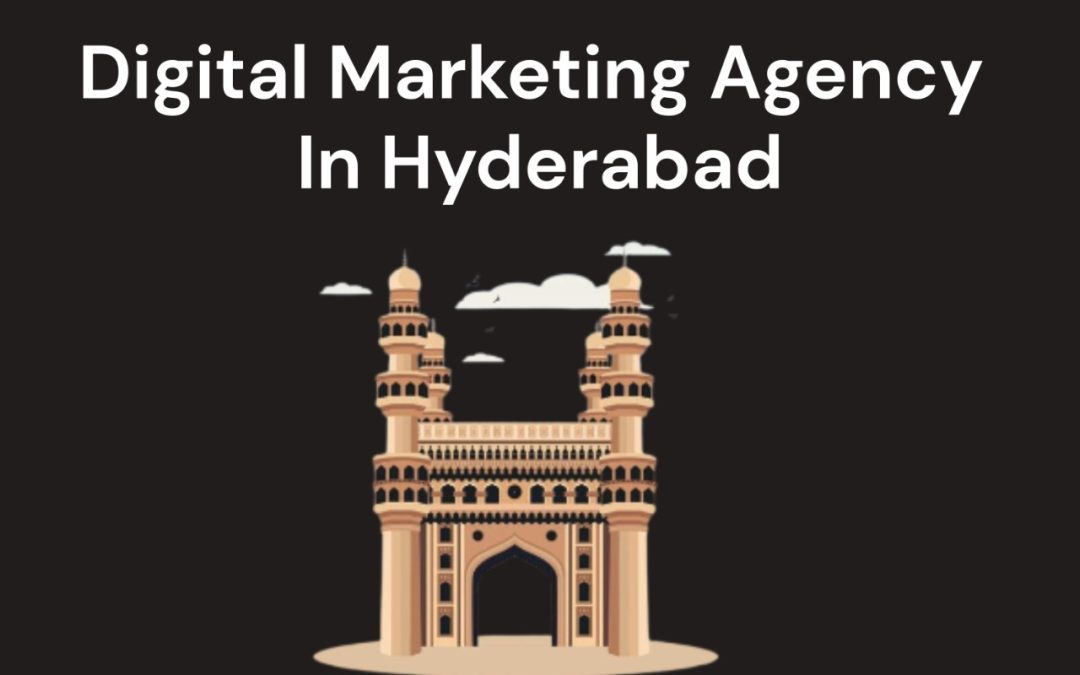
by Shashikanth Heerekar | Jul 15, 2025 | All Things about Marketing, Uncategorized
Discover the top ten digital marketing agencies in Hyderabad, starting with Oxygenites.com and Extranet Digital, Techdr. Explore expert services, including SEO, social media marketing, and PPC, that help businesses grow online with proven strategies.
Introduction
Hyderabad is rapidly emerging as one of India’s premier digital marketing hubs, providing world-class services across diverse industries. From SEO and social media marketing to paid campaigns and web development, the city is home to several agencies that help brands thrive online. Whether you’re a startup or an established company, partnering with the right digital marketing agency can amplify your growth.
Below is a list of the top ten digital marketing agencies in Hyderabad, starting with one of the pioneers in the industry—Oxygenites.com.
Oxygen
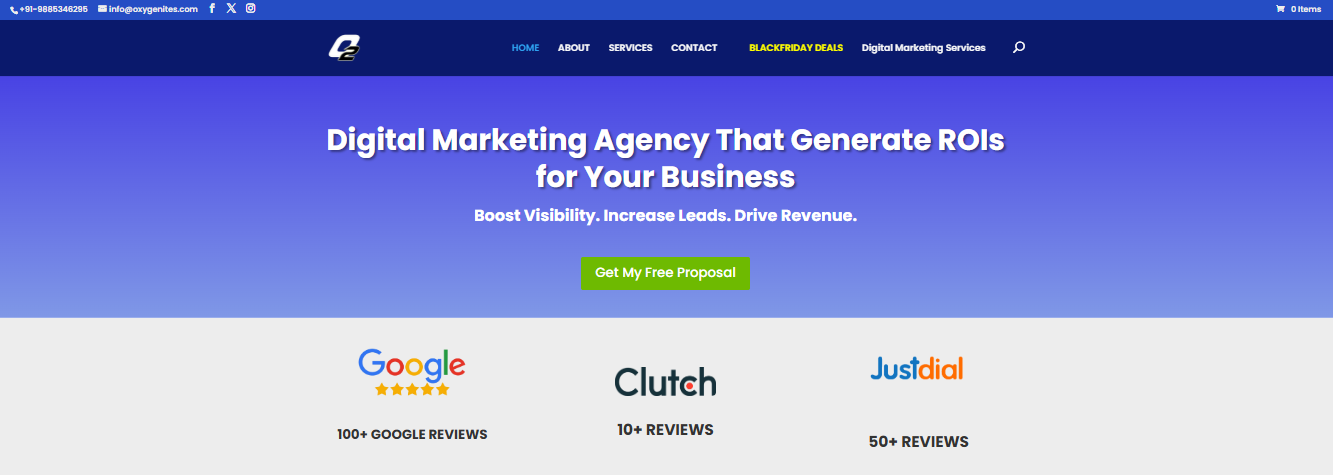
OXYGEN
With over 13 years of experience, Oxygenites.com has emerged as a trailblazer in the digital marketing space. The agency provides a full suite of services, including SEO, PPC, social media marketing, web development, content marketing, graphic design, and branding solutions. Their data-driven strategies and client-centric approach make them a go-to agency for businesses of all sizes.
What sets Oxygenites apart is their commitment to results. They combine technical expertise with creative storytelling to build powerful digital presences. Whether it’s ranking on search engines or running impactful ad campaigns, Oxygenites consistently delivers measurable growth. Their long-standing success and trusted reputation make them a top choice among digital marketing agencies in Hyderabad.
Contact Details
Zenoids

Zenoids is a full-service digital solutions company that helps businesses enhance their digital presence through a balanced mix of technology, marketing, and creative services.
The company specializes in digital experience solutions such as ERP development, mobile app development, website development, business emails, Odoo development, and WordPress development to support scalable and efficient business operations.
Its marketing operations include digital marketing, search engine optimization (SEO), social media marketing, WhatsApp marketing, and email marketing to improve online visibility and customer engagement.
In addition, Zenoids offers creative services including online branding, UI/UX design, web designing, graphic design, and video editing, enabling brands to communicate effectively and deliver impactful digital experiences across platforms.
Contact details
Phone number: +91 (91) 600 66913,
Email: [email protected]
website: https://zenoids.com/
GrowthPixel
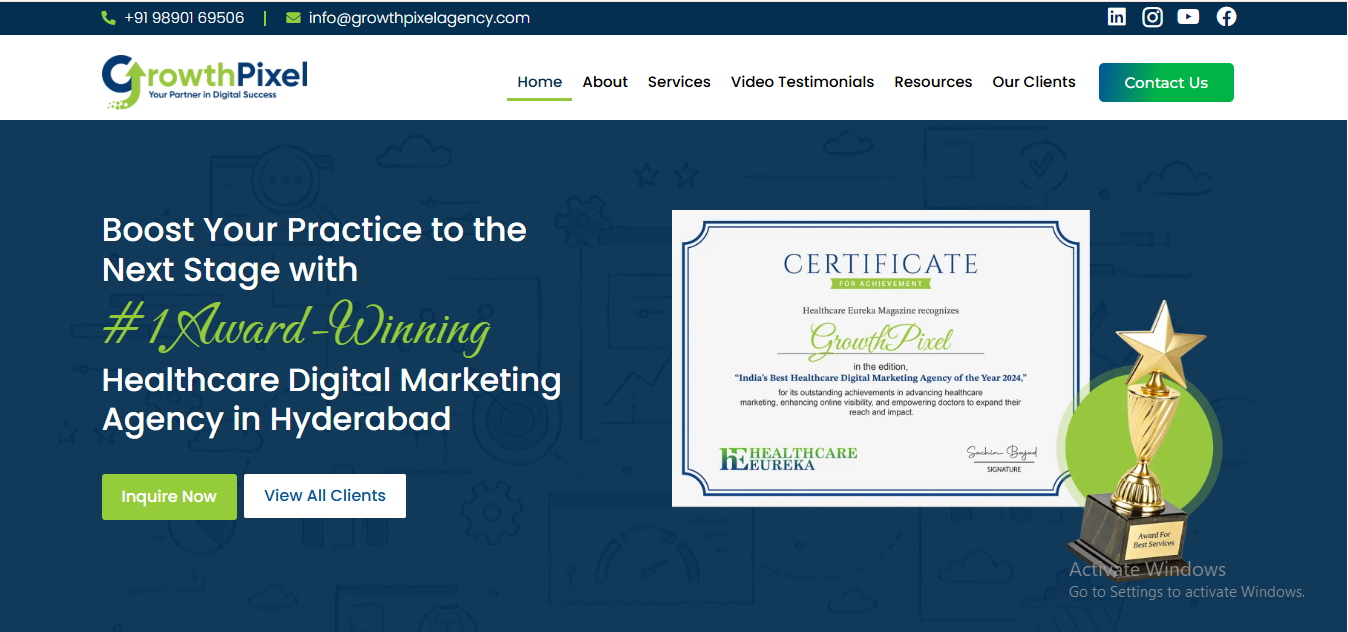
GrowthPixel
GrowthPixel is an award-winning healthcare digital marketing agency in Hyderabad, specializing in marketing solutions for doctors, clinics, and hospitals. They adopt a data-driven approach and offer services such as healthcare SEO, AI SEO, Google My Business, graphic design, website design and development, PPC, social media marketing, video ads, and content writing for healthcare professionals.
What sets them apart from the rest is their transparent reporting system. They are available for a quick call with clients whenever needed. Apart from this, they use the latest automation tools, such as Pabbly and N8N, to send inquiries to doctors over WhatsApp and email as soon as someone inquires about their services.
Digital marketing for doctors isn’t an easy task due to ethical considerations. However, Growthpixel has consistently achieved success in this area, as evidenced by its extensive roster of clients and the video testimonials shared on their website.
Contact Details
Absolute Online Web
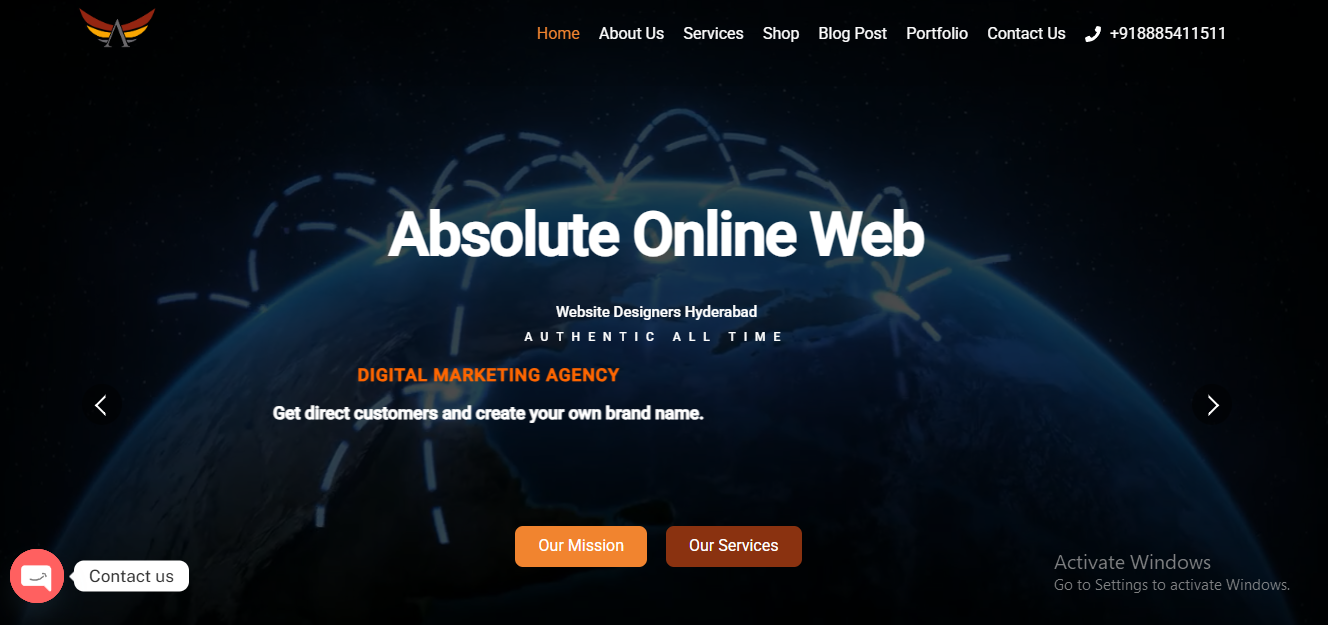
Absolute online web
At Absolute Online Web, we help you build a strong and professional online presence through customized website design, SEO, and digital marketing services. Whether you need a sleek, responsive website or want to drive traffic through search engine visibility, we tailor every solution to fit your goals. From Google Ads to social media marketing, we ensure your brand reaches the right audience effectively.
You can count on us for high-quality, results-driven services delivered on time and within budget. Whether you’re launching a new business or looking to grow online, Absolute Online Web (www.aoplweb.com) is here to support your digital journey every step of the way.
Contact Details
TechVint – Your Growth Partner for Digital Success
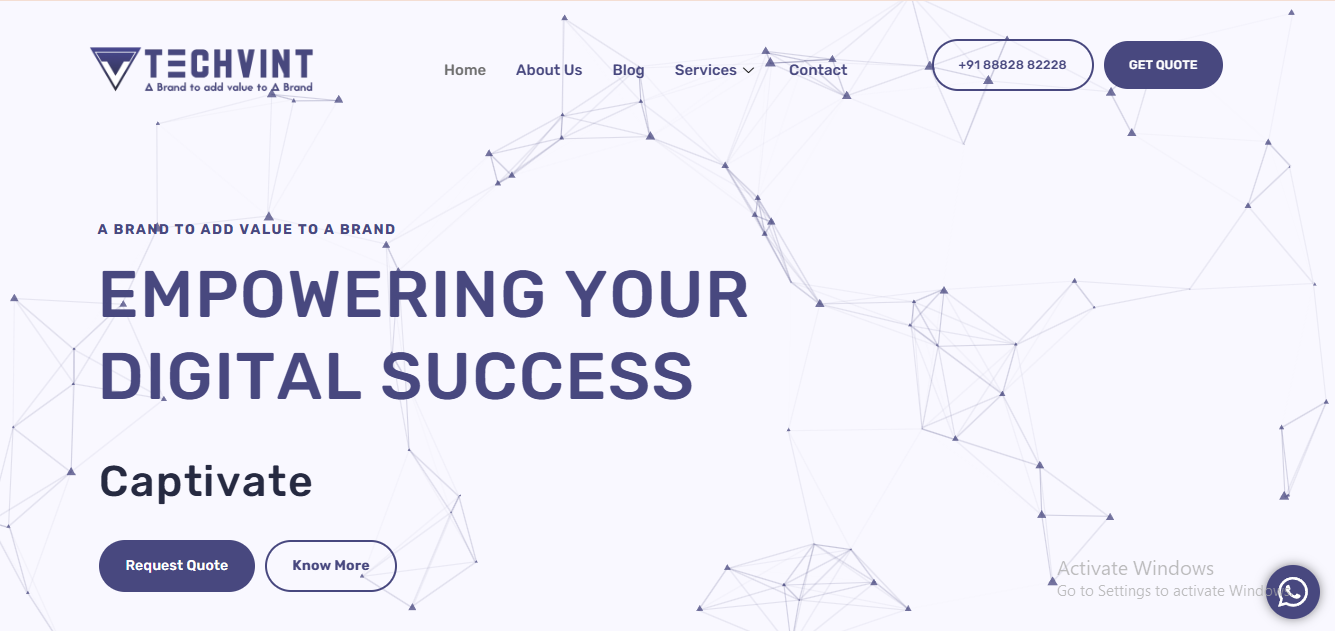
Techvint
TechVint is a full-service digital marketing and web development agency based in Hyderabad, India, offering end-to-end solutions that drive measurable results. With over 8 years of industry experience, we specialize in delivering performance-driven marketing tailored to meet the unique needs of each client, from startups to Fortune 500 companies.
Our core services include:
- Search Engine Optimization (SEO): We help businesses rank higher on Google with white-hat SEO strategies focused on high-conversion keywords, technical SEO, and link building.
- Social Media Marketing (SMM): We manage and scale brand presence across platforms like Instagram, Facebook, and LinkedIn with creative campaigns and content strategy.
- Google Ads & Paid Campaigns: Our performance marketing team creates high-ROI ad campaigns using Google Ads, YouTube Ads, and retargeting strategies.
- Website Design & Development: We craft responsive, SEO-friendly websites on WordPress, Shopify, and custom stacks, optimized for performance and user experience.
- Lead Generation: Proven techniques across multiple platforms to deliver quality leads that convert.
- Creative Services: From branding, logo design, and UI/UX to content writing and video production — we create visuals and content that resonate.
- Artist Management & Personal Branding: For influencers, DJs, and celebrities, we offer digital branding, website creation, PR, and SEO.
With clients across India, USA, and the Middle East — including Builders9, FPT India, Kidzonia, Vasavi Group, and more — TechVint is recognized for delivering results that matter.
If you’re looking for a digital partner that understands growth, performance, and brand storytelling, TechVint is your answer.
Contact Details
webbingprotechnologies
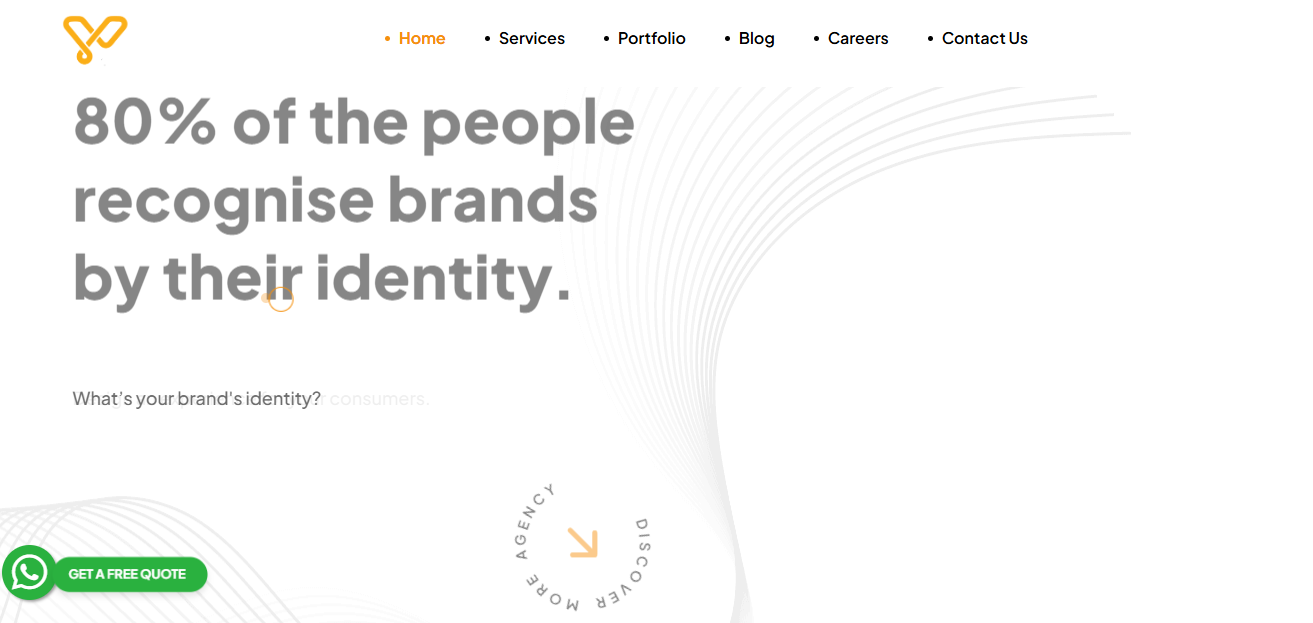
webbingProTechnologies
Webbing Pro Technologies offers a complete suite of digital marketing services designed to help businesses achieve their online growth goals. Their expertise includes SEO, social media strategies, content creation, and UI/UX designing, all focused on creating engaging digital experiences.
By combining website and app development with impactful marketing techniques, they provide solutions that enhance brand visibility, attract quality leads, and support sustainable digital success, making them a trusted partner for businesses looking to grow in the competitive online space.
Contact Details
XLENT Digital Solutions
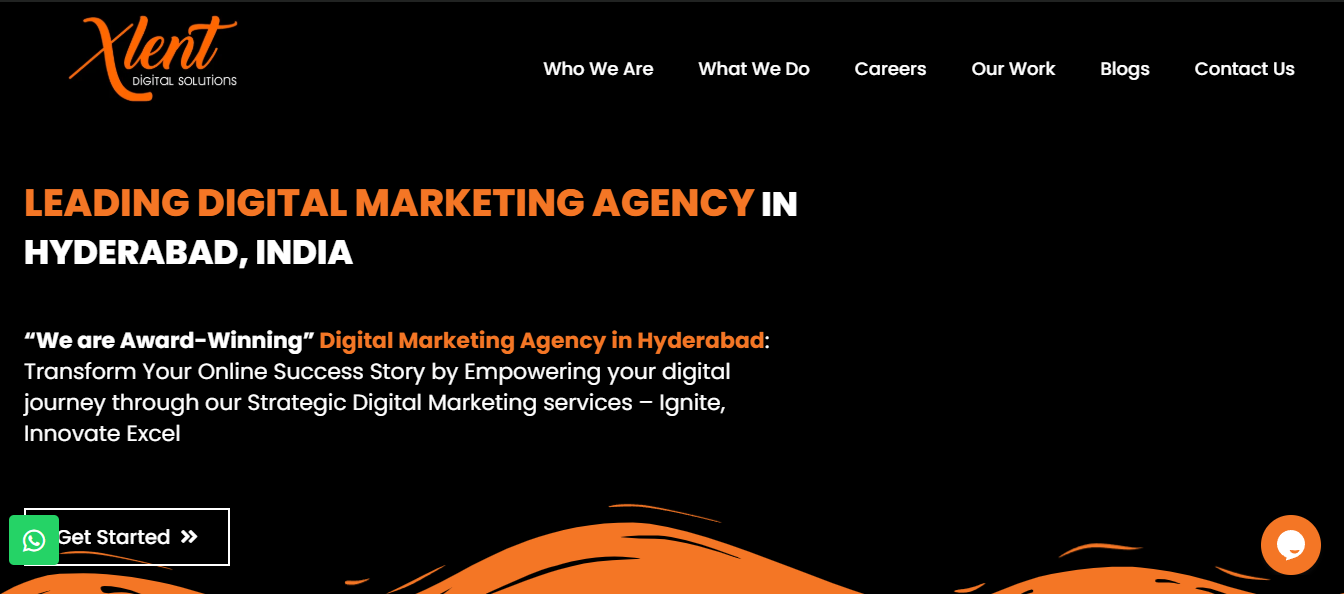
Xlent digital solutions
XLENT Digital Solutions is a professional Digital Marketing Agency In Hyderabad and web development company dedicated to helping businesses enhance their online presence and achieve measurable growth. The company offers a wide range of services, including web designing and development, search engine optimization (SEO), pay-per-click (PPC) advertising, and custom app development to improve visibility and drive targeted traffic.
Their social media marketing services help brands connect with audiences across multiple platforms, while content marketing focuses on creating engaging and impactful brand stories.
Their SEO services helped big e-commerce players to reach a higher number on organic sales and establish their brand presence on google networks.
Contact Details
KBK Business Solutions
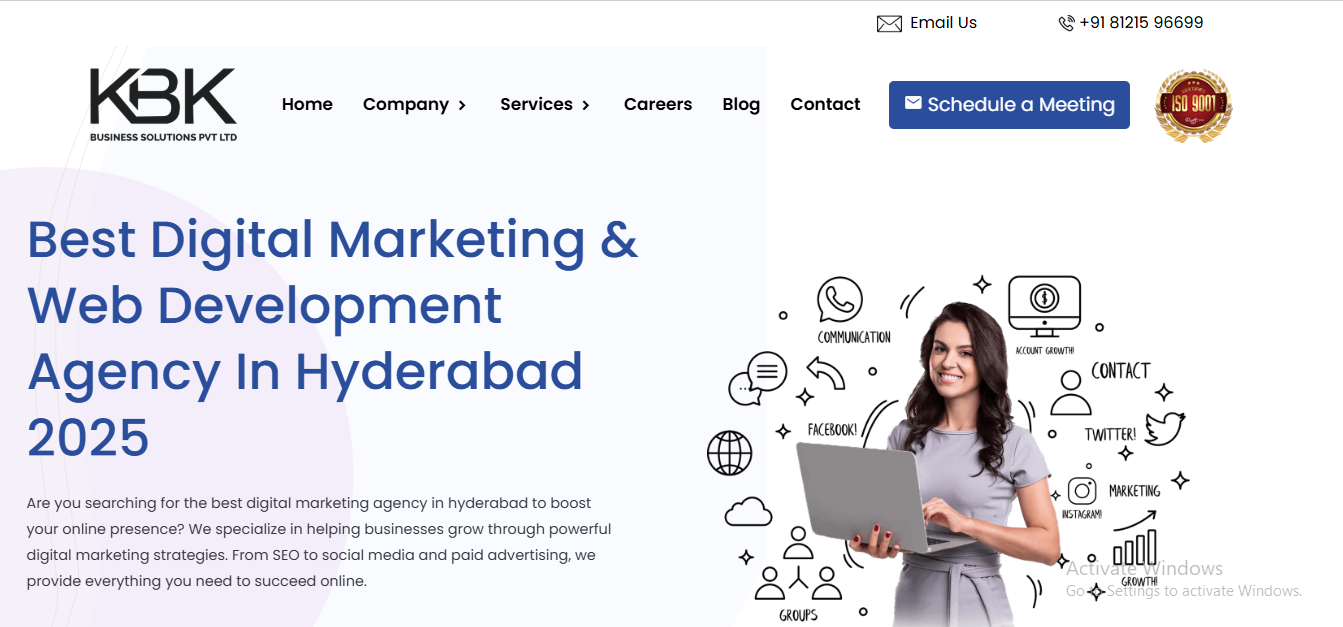
KBK business solutions
KBK Business Solutions is a professional digital marketing agency and technology company offering a complete range of digital, software, and web development services to help businesses grow in today’s competitive environment. With a focus on innovation, creativity, and performance, KBK Business Solutions delivers tailored solutions that empower brands to achieve measurable success.
Recognized as the best mobile app development company in Hyderabad, their digital marketing services include SEO services, local SEO, technical SEO, PPC, social media marketing, email marketing, content writing, and SMS marketing, ensuring businesses reach their target audience effectively. In the field of software development, the company offers expertise in Java, CodeIgniter, Laravel, CakePHP, and software testing, along with robust e-commerce portal development using OpenCart, WooCommerce, and Magento.
KBK Business Solutions also excels in web development, providing CMS web development, WordPress, Drupal, and Joomla solutions. Their UI/UX web design services cover static websites, dynamic websites, and landing pages to deliver user-friendly and visually appealing interfaces. In addition, their design services include graphic design, logo design, letterhead, visiting cards, social media posters, and brochure/leaflet/pamphlet creation.
They also specialize in video making, producing ad films, YouTube ads, product videos, and corporate films to enhance brand storytelling and engagement. With a comprehensive suite of digital, design, and development services, KBK Business Solutions stands as a trusted partner for businesses looking to elevate their digital presence and achieve long-term growth.
Contact Details
Amplus Solutions

Amplussolutions
Amplus Solutions is a leading technology and digital marketing company dedicated to delivering innovative and customized solutions that help businesses build a strong online presence and achieve measurable growth. With a focus on quality, creativity, and advanced technology, Amplus Solutions provides end-to-end services that cater to diverse business needs across industries.
Their core offerings include web designing and web development, creating visually appealing, user-friendly, and high-performing websites tailored to client goals. The company also specializes in software development and mobile application development, delivering scalable and efficient software designed for modern businesses.
Amplus Solutions’ digital marketing services empower brands to grow online through strategic campaigns and innovative techniques. They also provide web hosting services to ensure websites run smoothly and efficiently. Additionally, their bulk SMS and e-commerce solutions help businesses engage customers directly and expand their online sales reach.
The company’s expertise extends to SEO and content services, enabling businesses to enhance their visibility and brand communication across digital and offline platforms. Furthermore, Amplus Solutions offers IP services to support clients in maintaining secure and reliable digital infrastructures.
With its comprehensive suite of services and a commitment to excellence, Amplus Solutions continues to be a trusted partner for businesses seeking to enhance their online presence and achieve sustainable success in the digital era.
Contact Details
Rish Digital Media
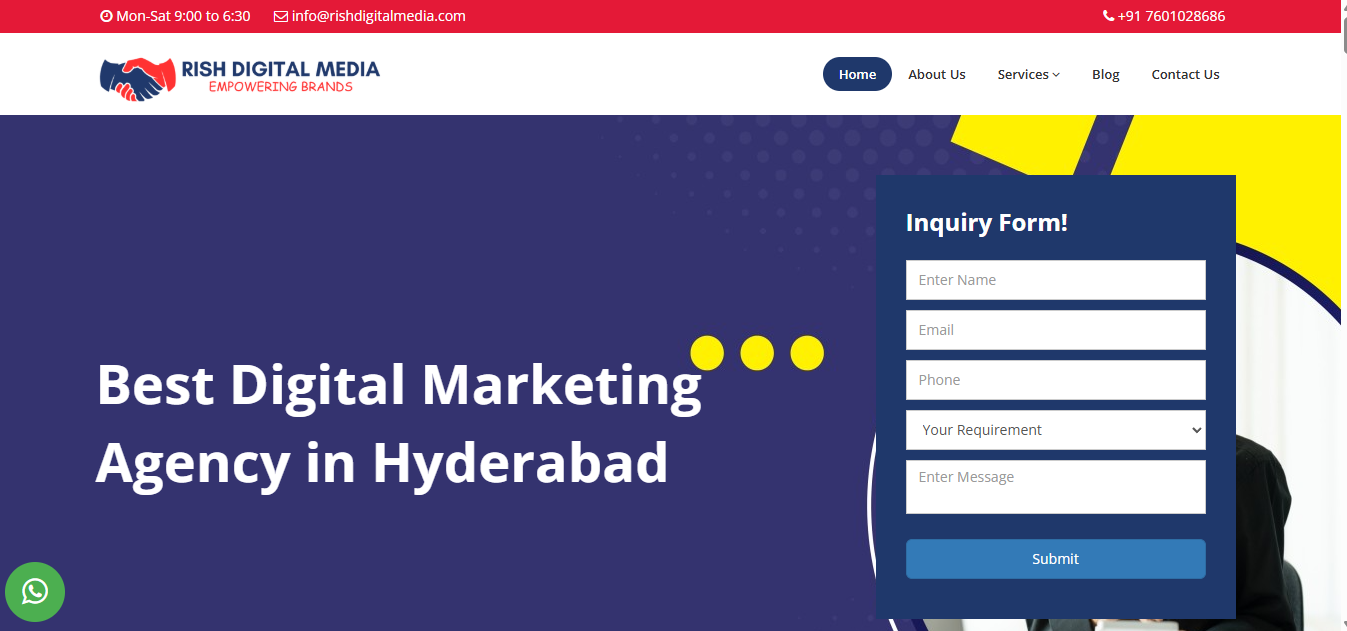
Rish digital media
Rish Digital Media is a results-driven digital marketing agency in Hyderabad, committed to helping businesses strengthen their online presence with strategic and performance-focused solutions. We specialize in digital marketing, SEO services, Google Ads (PPC), and web designing, offering customized strategies that enhance visibility, engagement, and lead generation. Our goal is to ensure businesses attract the right audience, rank higher on search engines, and build a strong digital footprint across all platforms.
With expertise in search engine optimization, paid advertising, and professional website design, Rish Digital Media helps brands achieve sustainable digital success. Our SEO solutions improve organic traffic and keyword rankings, while our Google Ads campaigns deliver maximum ROI through targeted and optimized ad strategies. Combined with modern, responsive, and user-friendly website designs, we provide businesses with a complete digital ecosystem that boosts credibility, drives conversions, and strengthens overall market positioning.
Contact Details
LaGran
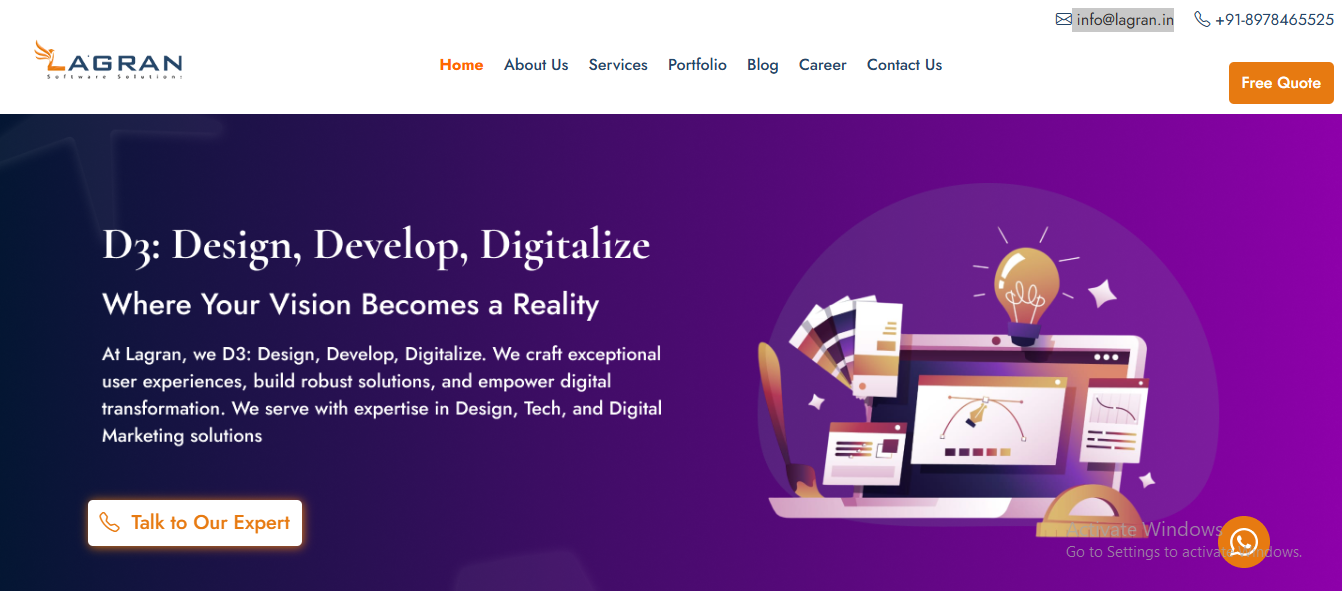
Lagran
LaGran is a versatile digital solutions company that supports businesses across marketing, technology, design, and staffing.
Their digital marketing services help clients boost online visibility, drive engagement, and amplify brand impact. In addition, LaGran offers robust tech solutions, delivering custom software and IT services tailored to business needs.
Their designing team specializes in creating visually appealing and user-centric interfaces, whether for web or mobile. Beyond technical and creative offerings, LaGran also provides staffing solutions, helping organizations build strong teams with the right talent for growth.
Building on its multi-domain expertise, LaGran continues to position itself as a reliable partner for companies aiming to scale efficiently. The company focuses on understanding each client’s unique challenges and delivering results-driven solutions that enhance productivity, streamline operations, and elevate brand value.
With a commitment to innovation and client satisfaction, LaGran ensures businesses receive end-to-end support from strategy and execution to ongoing management—making it a trusted choice for organizations seeking long-term digital and operational growth.
Contact Details
Rediger Digitech
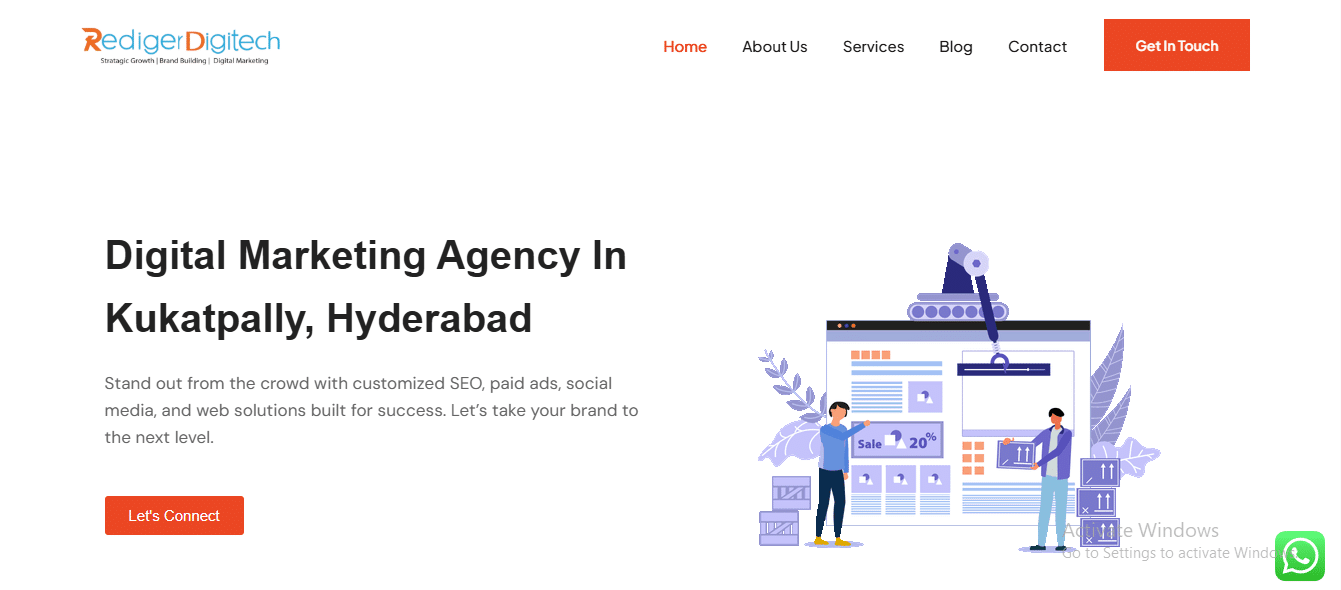
redigerit
Rediger Digitech is a dynamic and growth-focused digital solutions company dedicated to helping businesses build a strong online presence and achieve consistent results. The company offers a wide range of service
es designed to support both technical and marketing needs. Their core offerings include web development, delivering high-quality and user-friendly websites tailored to business goals, and SEO services aimed at improving search rankings and increasing organic traffic. Rediger IT also specializes in social media marketing (SMM) to boost brand awareness and engagement across major platforms, as well as Google Ads management to drive targeted traffic and maximize conversions.
In addition, the company provides email marketing services to strengthen customer communication, lead generation solutions to help businesses attract potential clients, and app development services for creating innovative and functional mobile applications. With this comprehensive service portfolio, Rediger IT empowers businesses to grow digitally and stay ahead in a competitive market.
Contact Details
Kalyan Chandra

Kalyan chandra
Kalyan Chandra is a professional digital marketing consultant dedicated to helping businesses grow through strategic, data-driven, and results-oriented marketing solutions. The company provides a comprehensive suite of services designed to enhance brand visibility, improve customer engagement, and drive measurable business outcomes. Their offerings include digital marketing consulting and PR (public relations) consulting services, helping brands build a strong reputation both online and offline.
They specialize in web analytics and business intelligence to provide deep insights that guide smarter decision-making. Their social media marketing services help businesses increase engagement and reach across major social platforms, while their expert SEO services improve website rankings and organic traffic. Kalyan Chandra also offers Google Ads and pay-per-click (PPC) advertising to generate high-quality leads quickly and efficiently.
Additionally, the company provides advanced marketing automation support through Marketo consulting and Pardot implementation, enabling businesses to streamline their marketing workflows. They also offer Wikipedia page creation services to strengthen brand authority, along with email marketing and influencer marketing services to expand reach and build meaningful customer relationships. Through this diverse range of services, Kalyan Chandra empowers businesses to scale with confidence in today’s competitive digital landscape.
Contact Details
MBL Technologies
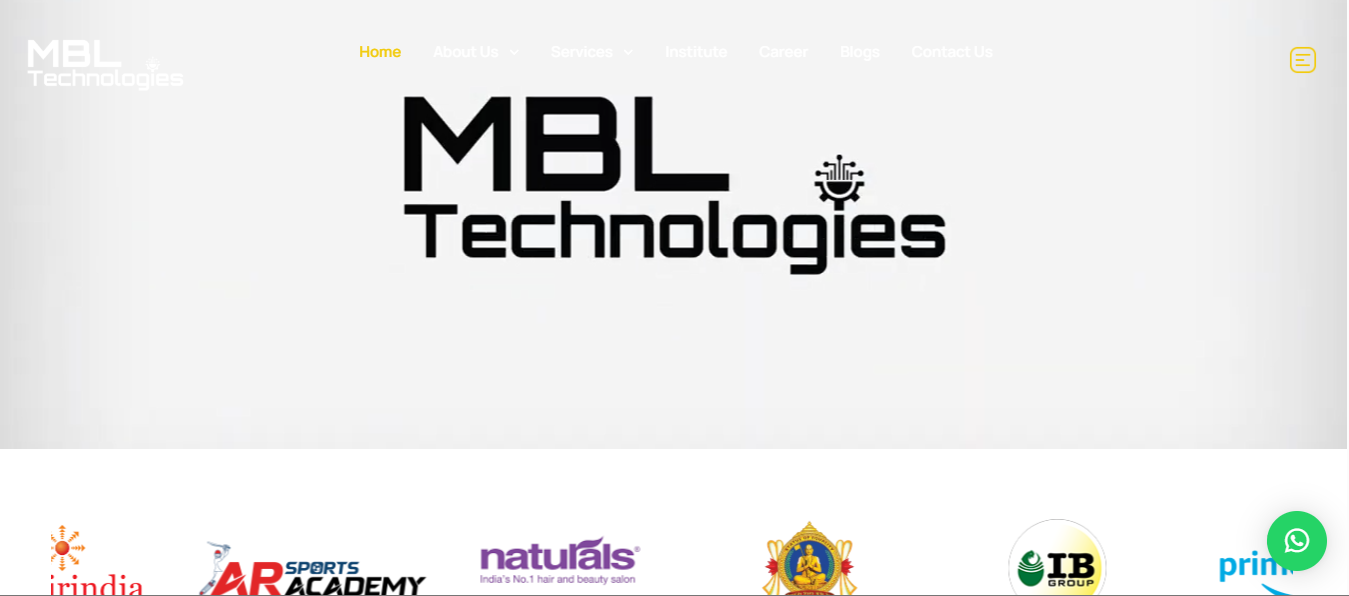
MBL technologies
MBL Technologies is a digital solutions company dedicated to helping businesses grow online by offering a wide range of services, including website development, social media management, content creation, graphic designing, influencer marketing, SEO services, application development, and paid ads. Their focus is on delivering creative, effective, and result-driven solutions that enhance brand presence, attract the right audience, and support overall business growth in the digital space.
They also specialize in social media management to help businesses build engagement, maintain consistent online activity, and connect with their target audience across major platforms. MBL Technologies provides content creation services, delivering high-quality and engaging content that enhances brand communication. Their graphic designing services ensure impactful visuals that elevate brand identity, while their influencer marketing solutions help brands collaborate with relevant creators to expand their reach.
Contact Details
The NeedleAds
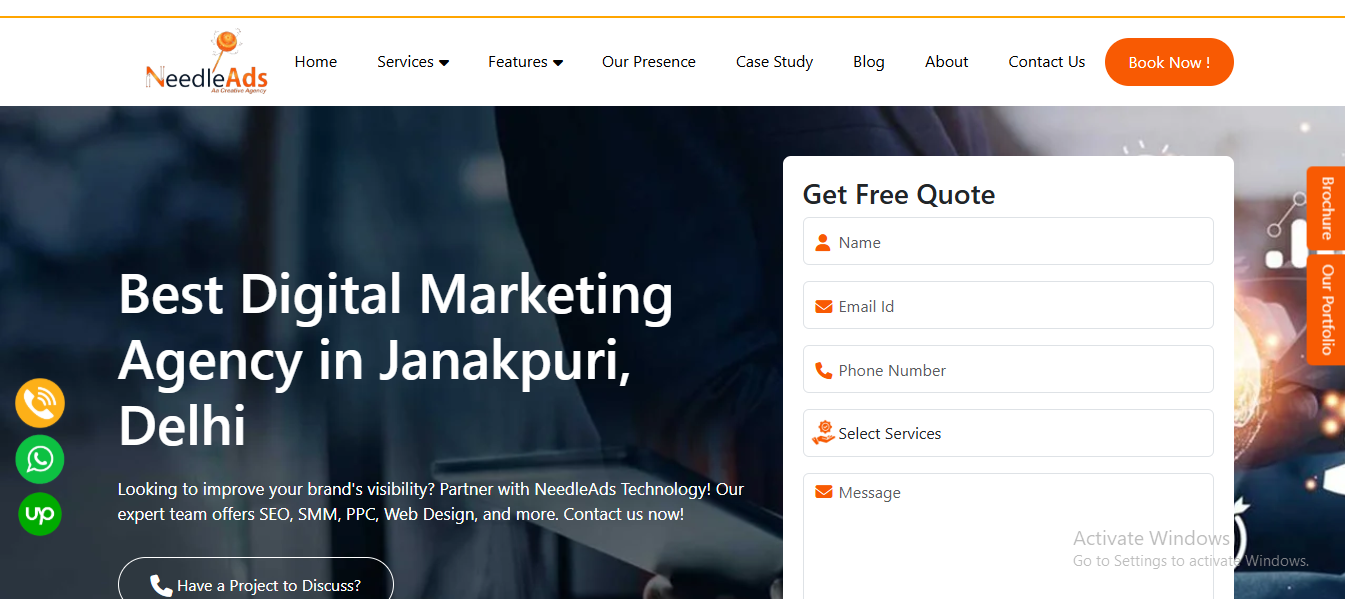
The NeedleAds
The NeedleAds is a trusted digital marketing agency that provides comprehensive solutions to help businesses enhance their online visibility and performance. Their services include SEO services, website design, website development, and website maintenance, ensuring strong and well-optimized digital foundations.
They also specialize in mobile application development, Google Ads, and local SEO services to help businesses reach targeted audiences effectively. Additionally, The Needles offers email marketing and social media marketing to build engagement, generate leads, and strengthen brand presence across digital platforms.
Contact Details
FutureGenApps
FutureGenApps is a trusted name in web design and development, known for creating stunning and responsive websites for businesses of all sizes. As a website designing company in Hyderabad, we provide complete solutions that include web designing, development, and Digital Marketing Services to help brands grow online.
Our skilled team specializes in Website Designing, Development, SEO Services, and Digital Marketing Services. We use the latest technologies like WordPress, PHP, Laravel, and more to build dynamic and functional websites that meet every business requirement. Our mission is to enhance digital visibility and drive long-term success for every client.
At FutureGenApps, we focus on turning ideas into reality. With on-time delivery, long-term support, and 100% satisfaction, we aim to create professional websites and offer result-driven Digital Marketing Services across Hyderabad and beyond.
Contact Details
Sieve Softech
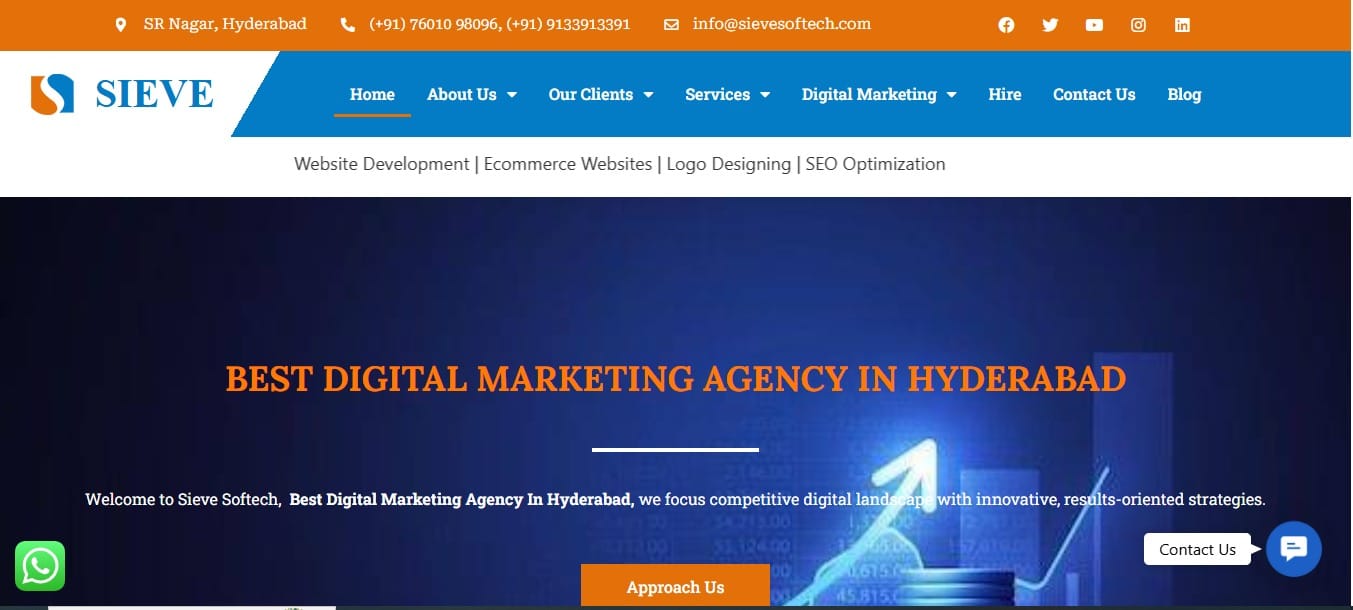
Sieve
Sieve Softech is a trusted digital marketing agency in Hyderabad dedicated to helping businesses strengthen their online presence and achieve measurable growth. The company offers a wide range of digital marketing services, including SEO, social media marketing, PPC, and content marketing, all tailored to meet each client’s unique goals.
With a focus on strategy and innovation, Sieve Softech creates customized campaigns that enhance visibility, increase engagement, and build brand credibility. Their team of experts uses data-driven methods to ensure every marketing effort delivers impactful and lasting results.
What truly sets Sieve Softech apart is its client-first approach and commitment to excellence. By combining creativity, technology, and proven techniques, they help businesses connect with their audience effectively and grow in the ever-changing digital world.
Contact Details
Phone: +91 7601 098 096
Email: [email protected]
website: https://sievesoftech.com/
Conclusion
Hyderabad has established itself as a thriving hub for digital marketing, offering a diverse range of services that empower businesses to build a strong online presence. From SEO and social media management to paid advertising, content marketing, and web development, the city’s agencies cater to brands seeking measurable growth and digital transformation. With a focus on innovation, performance, and data-driven strategies, these digital marketing experts help businesses stay competitive in an ever-evolving online landscape, making Hyderabad a preferred destination for brands looking to expand their reach and achieve sustainable success.
FAQS
1. Digital marketing agencies in Hyderabad offer what essential services?
A. Most digital marketing agencies in Hyderabad provide services like SEO, social media marketing, pay-per-click advertising (PPC), content marketing, email marketing, and web development to enhance online visibility and business growth.
2. How can a digital marketing agency help my business grow?
A. A digital marketing agency can help generate more leads, improve search engine rankings, boost brand awareness, and increase sales through tailored online marketing strategies.
3. Are digital marketing services suitable for small businesses or startups?
A. Yes, many agencies offer scalable and affordable digital marketing packages that are perfect for startups and small businesses looking to build their online presence.
4. What industries do digital marketing agencies in Hyderabad usually serve?
A. They serve a wide range of industries, including healthcare, e-commerce, education, real estate, IT, hospitality, and local businesses, offering customized solutions based on business goals.
5. What makes Hyderabad a good city for digital marketing services?
A. Hyderabad is a major tech hub in India, with access to skilled professionals, advanced technology, and a growing digital ecosystem—making it a hotspot for quality marketing services.
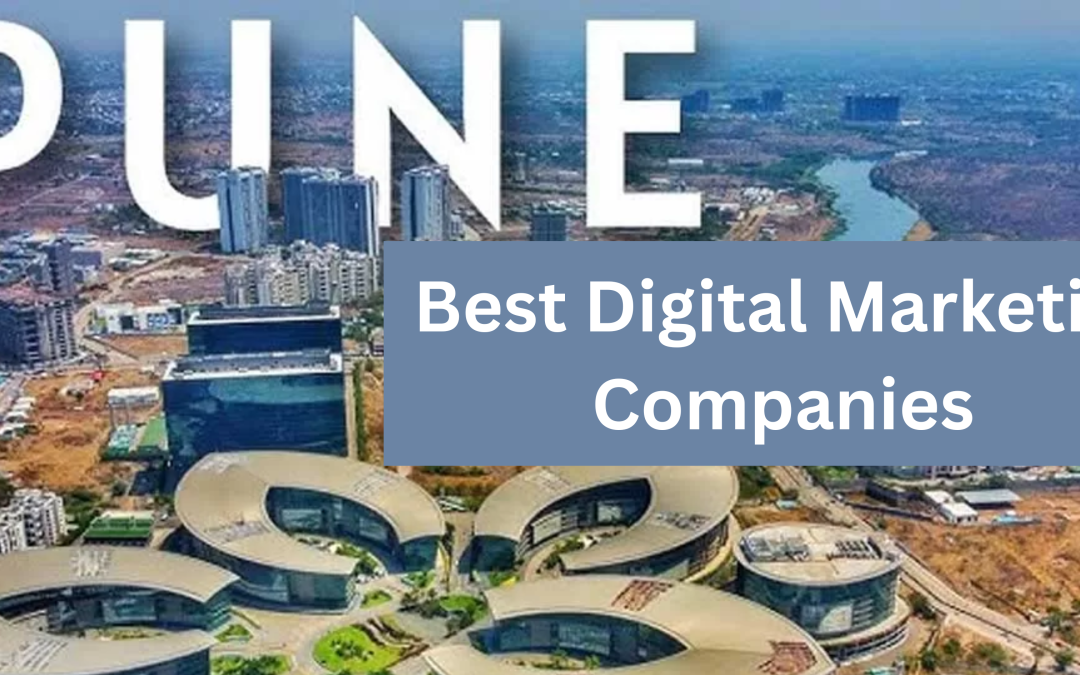
by Shashikanth Heerekar | Jul 15, 2025 | Uncategorized
Explore the leading digital marketing companies in Pune, specialising in web design, content marketing, and digital strategy to drive business success.
Introduction
In today’s competitive business world, having a strong online presence is no longer optional—it’s a must. Whether you run a small business, startup, or large enterprise, digital marketing helps you connect with your target audience, build your brand, and generate consistent leads. With more people searching, shopping, and spending time online, businesses need smart and effective digital strategies to grow.
This is where a professional digital marketing company in Pune can make all the difference. Pune, being one of India’s fastest-growing tech hubs, is home to many businesses competing for digital visibility. Choosing the right digital marketing partner ensures that your brand stands out in a crowded online space, reaches the right audience, and delivers real results.
From improving your search engine rankings with SEO to running high-converting ad campaigns, managing social media, and building responsive websites, digital marketing covers it all. The key is to work with a company that not only understands your business goals but also provides tailored strategies to achieve them.
If you’re looking for the best digital marketing company in Pune that offers a perfect mix of creativity, experience, and performance, DigiCompanions is a name you can trust.
Oxygen
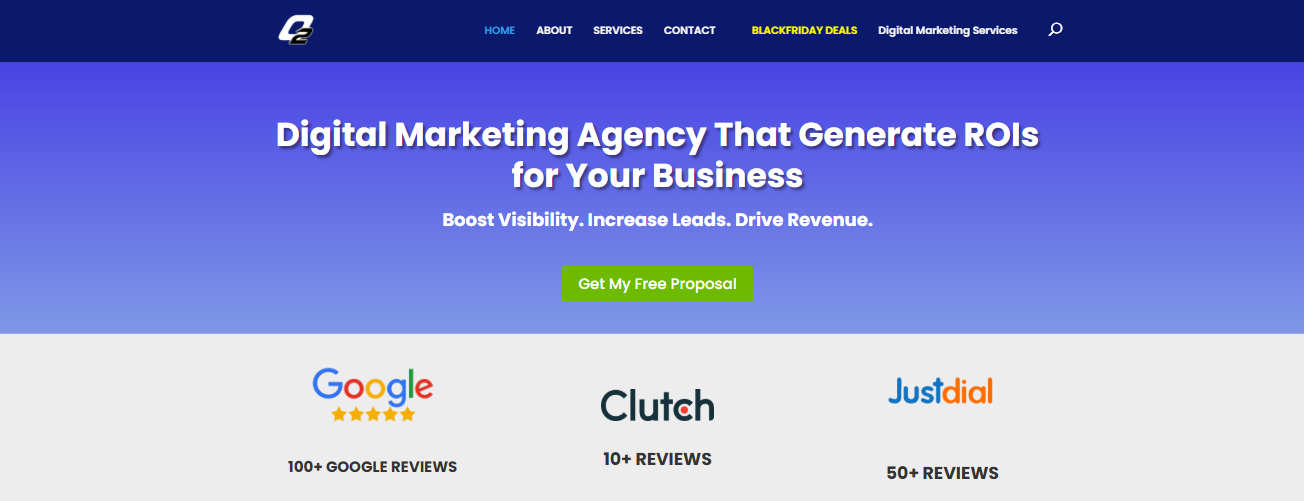
A Trusted Digital Marketing Company in Hyderabad with 13 Years of Excellence. Though based in Hyderabad, Oxygen has gained significant traction among businesses in Pune for its highly targeted digital marketing solutions. With 13 years of consistent service and excellence, Oxygen has built a solid reputation for offering top-notch services like SEO, Google Ads, social media marketing, content marketing, and more.
Clients consistently praise Oxygen for its transparent communication, results-driven approach, and customized strategies that align with unique business goals.
Oxygen’s commitment to continuous improvement and client satisfaction truly sets it apart. Its seasoned team of digital marketing experts is known for delivering measurable ROI and adapting to the latest trends and technologies. Many businesses in Pune prefer Oxygen for its ethical SEO practices, creative content campaigns, and unmatched support.
Location
Hyderabad (Serving clients across Pune)
Digital Marketing Services Offered
Key Highlights
- 13+ Years of Experience
- Transparent Communication
- Customized Marketing Strategies
- Creative & Data-Driven Campaigns
- Trusted by Businesses in Pune & Beyond
Contact Details
📞 Phone: 91 9885346295
📧 Email: [email protected]
🌐 Website: https://oxygenites.com/
DigiCompanions
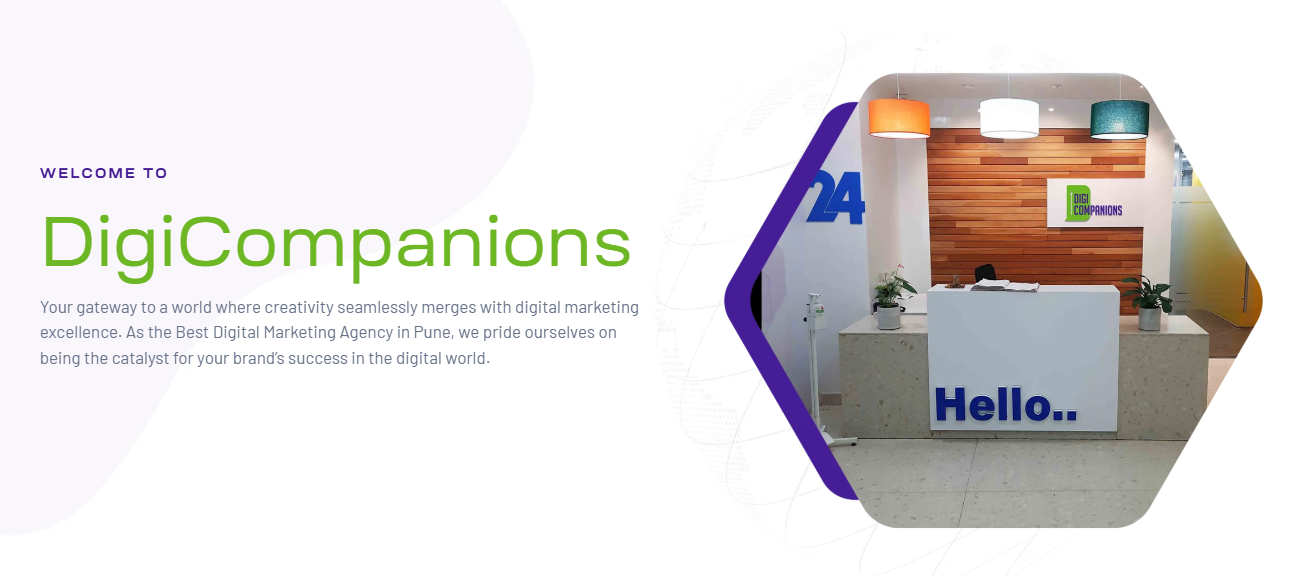
DigiCompanions is a leading SEO and digital marketing company based in Hinjewadi, Pune. Established in 2021, the company has quickly built a strong reputation for delivering high-quality digital marketing services that help businesses grow online. With a focus on creativity, results, and client satisfaction, DigiCompanions is now one of the most reliable names for SEO in Pune.
Their expert team offers end-to-end digital marketing solutions, including SEO, SMM (Social Media Marketing), Website Development, and Ad Management. With over 150+ clients served, DigiCompanions knows how to build successful strategies that boost visibility, drive traffic, and improve online presence.
What makes DigiCompanions stand out is their ability to create customized packages that fit the unique needs of each business. Whether you’re a small startup or an established company, they provide creative, tailored solutions that help you stand out in the competitive digital space.
Location
Hinjewadi, Pune
Digital Marketing Services Offered
- SEO (Search Engine Optimization)
- SMM (Social Media Marketing)
- Website Development
- Ad Management
Key Highlights
- Established in 2021
- 150+ Clients Served
- Customized Packages Available
- Expert & Creative Team
- Result-Driven Strategies
- Full-Service Digital Marketing Solutions
Contact Details
📞 Phone: 9766362072
📧 Email: [email protected]
🌐 Website: https://digicompanions.com/
Digitalmeliora Technologies Pvt Ltd
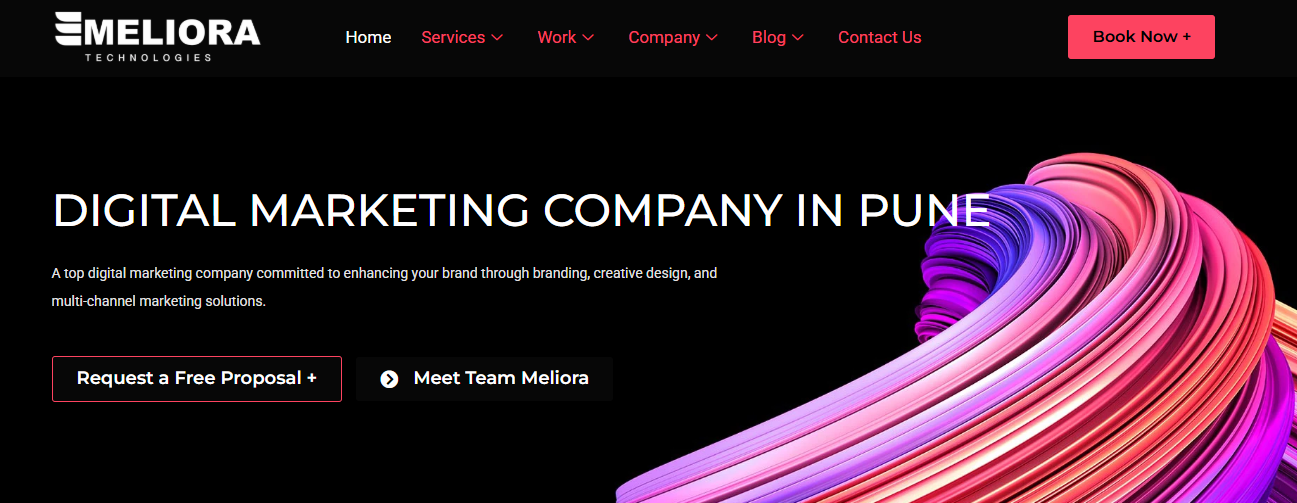
Digitalmeliora Technologies Pvt Ltd is a fast-growing digital marketing and SEO company based in Pune. Established in 2024, the company is driven by a clear vision—to reshape the digital space with creativity, smart strategies, and a strong commitment to client success. Known for their result-oriented approach, Digitalmeliora stands out by going beyond traditional methods to deliver customised and effective solutions.
The expert team at Digitalmeliora offers a full range of digital marketing services, including SEO, AI in SEO, Social Media Marketing, and Web Development. With 150+ clients served, they bring deep industry insight and innovative thinking to every project, helping businesses boost their online presence and achieve lasting growth.With their strong focus on performance and innovation, they are quickly being recognized as one of the best SEO companies in Pune.
What makes Digitalmeliora unique is their focus on tailor-made strategies. They understand that every business has different goals and challenges, and they provide fully customizable packages to match those specific needs. Whether you’re a startup or an established business, they have the expertise to help you rise above the competition.
Location
Pune
Digital Marketing Services Offered
- SEO (Search Engine Optimisation)
- AI in SEO
- Social Media Marketing
- Web Development
Key Highlights
- Established in 2024
- 150+ Clients Served
- Customised Packages Available
- Specialising in SEO
- Creative & Strategic Team
- Full-Service Digital Marketing Solutions
Contact Details
📞 Phone: 7875544468
📧 Email: [email protected]
🌐 Website: https://melioratechnologies.com
Bicads Digital Pvt Ltd
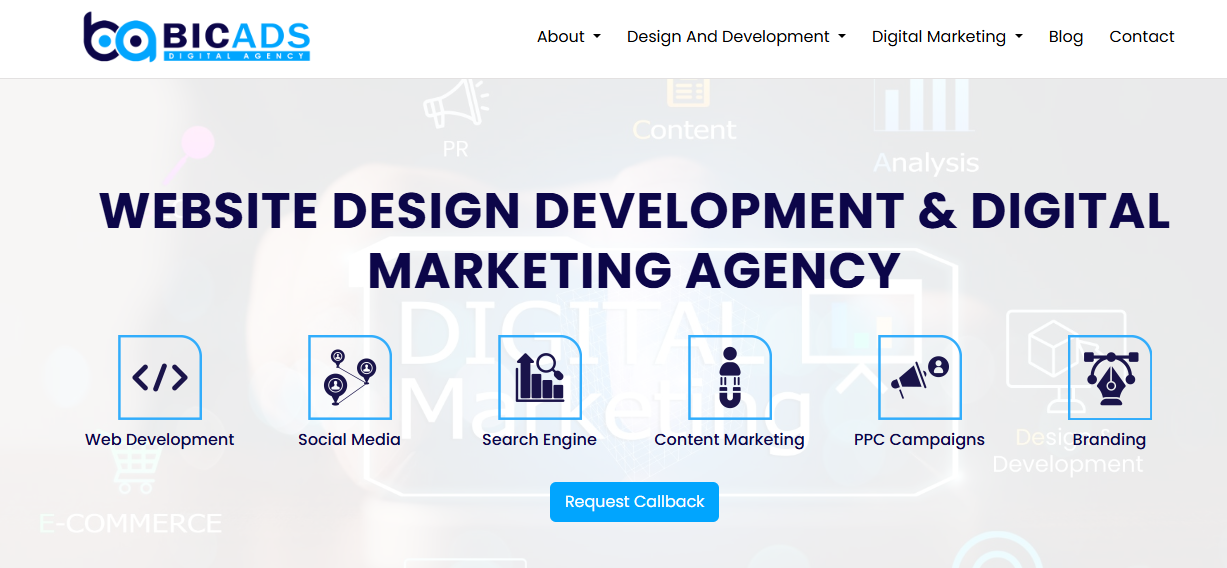
Bicads Digital Pvt Ltd is a reputed digital marketing company based in Kondhwa, Pune. Established in 2017, Bicads has been helping businesses thrive in the digital space with its result-driven and innovative marketing strategies. The company is known for delivering personalised and impactful digital solutions tailored to each client’s goals.
Offering a wide spectrum of digital marketing services, including SEO, PPC, SMM, SEM, PR, and Website & Mobile App Development, Bicads Digital ensures comprehensive support for businesses looking to enhance their online visibility and achieve sustainable growth. Their skilled team brings a mix of creativity and strategy, working closely with clients to create campaigns that deliver real value.
What makes Bicads Digital stand out is its strong focus on performance, customisation, and measurable outcomes. Whether you’re a startup or a growing enterprise, Bicads offers the flexibility and expertise needed to stay ahead in the competitive digital world.
Location
Kondhwa, Pune
Digital Marketing Services Offered
- SEO (Search Engine Optimisation)
- PPC (Pay-Per-Click)
- SMM (Social Media Marketing)
- SEM (Search Engine Marketing)
- PR (Public Relations)
- Website & Mobile App Development
Key Highlights
- Established in 2017
- 150+ Clients Served
- Customised Packages Available
- Specialising in PPC, SEO, SMM & Website
- Experienced & Strategic Team
- Full-Service Digital Marketing Solutions
Contact Details
📞 Phone: 9082309192
📧 Email: [email protected]
🌐 Website: https://bicads.com

by Shashikanth Heerekar | Jul 11, 2025 | SEO News
Discover all the key features and changes in the YouTube update on July 15, 2025. From algorithm tweaks to monetization updates, stay ahead with this detailed breakdown.
Introduction
The digital landscape never sleeps—and if you’re a YouTuber, you’re probably still recovering from the shockwave that hit the creator community on July 15, 2025. YouTube’s latest update has stirred up both confusion and concern, especially around monetization policies. Whether you’re a veteran creator or just starting to build your channel, this update demands your attention.
Overview of the Monetization Update: What You Need to Know
On July 15, 2025, YouTube quietly rolled out one of its most impactful monetization updates in recent memory. This wasn’t just a backend tweak or a cosmetic UI change—it fundamentally redefines what types of content can make money on the platform.
At the heart of this update is YouTube’s renewed focus on “originality and viewer value.” That means content that’s repetitive, non-transformative, or repurposed from other sources without meaningful commentary or editing is now being flagged as ineligible for monetization—a key concern for creators relying on digital marketing services to grow their channels.
Key updates include:
- Stricter evaluation of reused content with little or no original input.
- Automated and manual reviews to assess whether a video meets “transformative” standards.
- Updated definitions of spam and deceptive content.
- The new appeal process for demonetized channels or videos.
YouTube’s official blog post on the update stated:
“We’re refining our monetization policies to better support creators who bring fresh perspectives and unique value to our viewers. Repetitive or unoriginal content may not meet our current eligibility standards.”
What’s notable here is the emphasis on “unique value.” Reaction videos that stitch in another creator’s content without commentary or channels that recycle TikToks or Instagram Reels in bulk may now be in violation—even if they previously monetized successfully.
This isn’t the first time YouTube has revised its monetization policies, but what sets this update apart is the level of enforcement. Many creators have already reported sudden demonetizations, and even some larger channels have found themselves caught in the crosshairs.
So, what should creators take away from this? The days of easy ad revenue from minimal-effort content are numbered. In the future, success on YouTube will increasingly depend on your ability to offer original commentary, creative editing, and real engagement.
Clarifying the Intent: Targeting Spam versus Reaction Channels
A major question that’s confusing the creator community is this: Is YouTube targeting all reaction channels? The short answer is no—but there’s nuance to understand.
YouTube’s update is not a blanket strike against all reaction or commentary content. Instead, it’s aimed squarely at low-effort, spam-like uploads that provide little to no transformation of the original material. That means if your content replays someone else’s video with no added insight, emotion, or analysis, it’s now considered non-compliant.
But if you’re a reaction creator who brings personality, commentary, humor, or critique to the content, you’re still safe—for now.
Let’s break it down:
- Spam content (as defined by YouTube in 2025): Content that is mass-produced, repetitive, or copied from other sources without any significant change. Think of channels that repost viral TikToks, memes, or even other YouTube videos just to farm views.
- Low-effort reactions: Videos where creators record themselves barely responding to another video, often without editing, commentary, or structure. These are now being treated similarly to spam in YouTube’s algorithm.
- High-value reactions: These include videos that pause frequently to analyze, joke, critique, or provide insight into the original content. These are still monetizable if they meet YouTube’s standards for originality and viewer value.
Reaction channels, therefore, need to double down on originality. Simply smiling, laughing, or playing another creator’s work with no added narrative won’t cut it anymore. Creators will need to script or outline their thoughts, provide context, or even re-edit original footage to enhance the viewer’s experience.
The bottom line? YouTube isn’t cancelling reaction content—but it’s raising the bar on what qualifies as worthy of monetization.
Implications for Content Creators: Who is Affected and How
This update doesn’t just hit reaction channels. Its implications ripple across multiple creator niches, including:
- Gaming Channels— Let’s say you’re uploading raw gameplay with no voice-over or editing. Under the new rules, this could be seen as repetitive or low-effort content, putting your monetization at risk. Creators must now include commentary, a face cam, or detailed guides to remain eligible.
- Tutorial Channels— If you’re screen-recording software tutorials but not explaining what’s happening or guiding viewers, you might also fall under the low-value umbrella.
- Compilation Channels—Think “Best TikToks of 2025” or “Funny Instagram Reels.” These types of compilations, if not transformed or curated with original narration or structure, are now mostly demonetized.
Even some educational and commentary creators have reported temporary demonetization until they appealed and clarified their transformative intent. This points to YouTube’s automated system being overly aggressive in some cases—making the appeal process all the more crucial.
So what can creators expect?
- More reviews, more scrutiny—don’t be surprised if even your older content gets flagged.
- Manual reviews over automation— YouTube is pushing for hybrid moderation, where AI handles the first steps, but humans validate edge cases.
- Income disruption—Channels that relied on low-effort content as their bread and butter may see revenue drop instantly.
But it’s not all bad news. YouTube has promised faster appeals and more clarity in rejection reasons, helping creators understand what to fix.
This is a wake-up call to revisit your content strategy. If you’re not adding original thought, visuals, or storytelling to your videos, now’s the time to pivot.
Best Practices for Maintaining Monetization Eligibility
If you’re feeling nervous, don’t worry—there are solid, actionable steps you can take to make sure your channel remains eligible for monetization. Here are the best practices every creator should follow in 2025:
Add Commentary and Insight
YouTube wants to see your perspective. Whether it’s a tutorial, review, or reaction, please explain what you’re showing and why it matters. Speak to your audience directly—don’t let the content speak for itself.
Edit Creatively
Static uploads are a no-go. Use cuts, zooms, memes, overlays, or visual enhancements to show effort. The more visually engaging your video, the better chance it has at qualifying for monetization.
Avoid Third-Party Reuploads
Never upload content from TikTok, Instagram, or other platforms without transformation. YouTube’s systems now cross-check for this and flag it fast.
Use Copyright-Free or Licensed Assets
Music, images, and video clips should all be licensed or created by you. Even if your video is original, using copyrighted music can get it demonetized or removed.
Script or Outline Your Videos
Planning adds structure and coherence, which YouTube favors. Even unscripted videos should have a clear flow or purpose.
Stay Transparent in Titles and Thumbnails
Misleading thumbnails or clickbait titles may now lead to not just video removal but channel demonetization.
Review Community Guidelines Regularly
YouTube updates its policies often. Make it a habit to stay informed by checking their Creator Blog at least once a month.
conclusion
YouTube underwent significant changes on July 15, 2025. To earn money, create authentic content and avoid copying others. Follow the YouTube monetization update 2025 rules. The YouTube Partner Program changes in 2025 are strict. Be creative and safe from YouTube demonetization in 2025. Just be real and original—YouTube likes that now
FAQs
1. Is Fair Use Still Protected under the YouTube July 15, 2025, Update?
Yes, fair use is still protected. However, YouTube’s AI is stricter in flagging content. If your use of clips isn’t transformative or lacks commentary, you might still get demonetized. Make sure you add original value to avoid violations under the new YouTube originality policy.
2. How Do I Know If My Channel Is at Risk After the YouTube Monetization Update 2025?
You’ll get notified if a video violates the updated rules, but to be safe, review your recent uploads. Channels with lots of reused, low-value, or AI-generated content without edits or commentary are most at risk under the new YouTube Partner Program changes in 2025.
3. What If I Use Clips with Commentary in My Videos?
Using clips with commentary is generally safe as long as your input is meaningful. Just reacting or watching passively may no longer meet the new YouTube content guidelines for 2025. Add insights, humor, or analysis to keep your monetization eligibility secure.
4. Can YouTube Strike or Demonetize Me Without Warning Now?
Unfortunately, yes—especially if the algorithm detects spammy or repetitive uploads. The YouTube policy enforcement 2025 update allows auto-demonetization. However, creators do have the option to appeal if they believe their content meets YouTube’s authenticity and originality standards.
5. Will There Be Future Changes After the YouTube July 15, 2025, Update?
Absolutely. YouTube constantly updates its rules to adapt to trends and misuse. More AI-driven moderation and stricter originality standards are expected. Staying informed and adjusting your YouTube content strategy in 2025 is the best way to future-proof your channel and revenue.
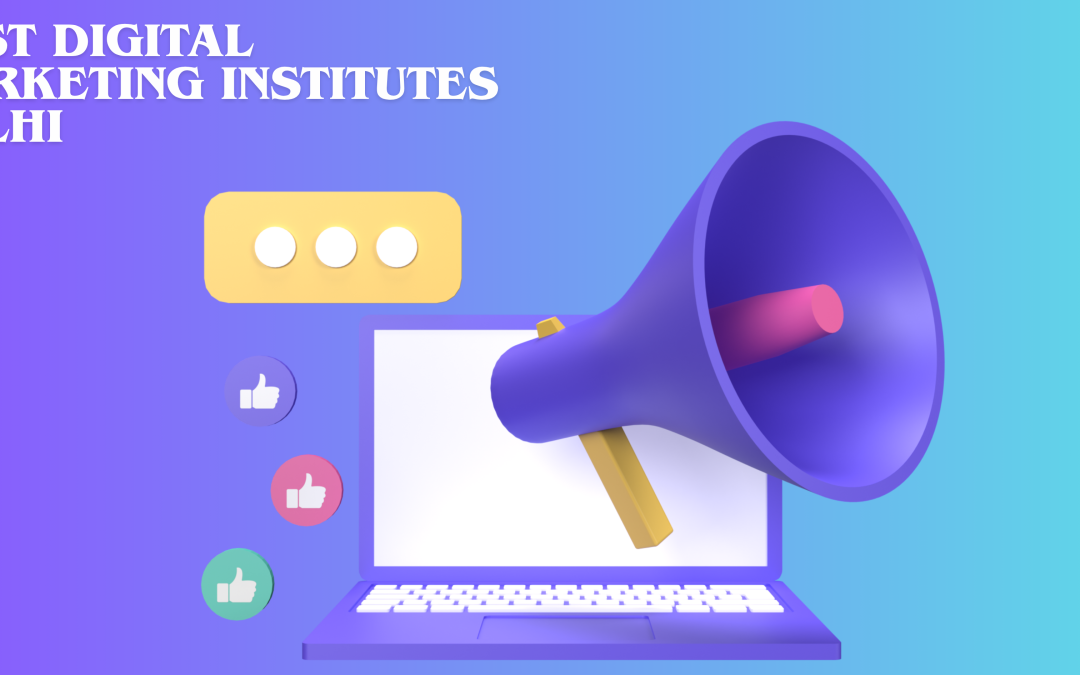
by Shashikanth Heerekar | Jul 10, 2025 | All Things about Marketing
Explore the top digital marketing institutes in Delhi offering expert training in SEO, social media, PPC, and more to boost your career in the online world.
Introduction
In today’s rapidly evolving digital world, every business grows from a small store to a major brand. This is why digital marketing skills are in demand everywhere. Whether it’s SEO, social media marketing, paid advertising, or content creation, companies are always seeking professionals who can help them grow online. If you are someone who wants to make a career in this field or upgrade your skills, then the best place to start learning is from a reputable digital marketing institute.
Delhi, as the capital, has become a hub for top-quality digital marketing institutions. These institutions not only provide practical training but also help students understand the real-world needs of the digital industry. From class sessions to live projects, courses are designed to prepare for a job.
It plays a big role in choosing the right institution and how well you learn. A good institution does not just teach you tools and technology—it guides you, cleans your doubt, gives personal attention, and, most importantly, helps you grow with confidence.
In this blog, we will discover some of Delhi’s best digital marketing institutions that can help you kick off your journey in this exciting industry.
Adnet India
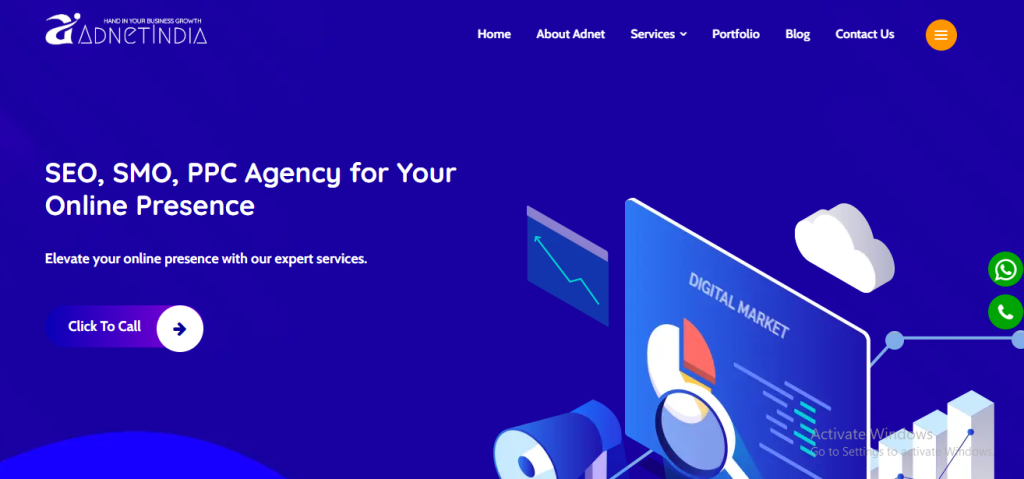
Adnet India
Adnet India has been a leading digital marketing and web solutions provider since 2014, offering an extensive suite of services designed to increase online visibility and drive business growth. Adnet has digital marketing expertise and holds expertise in Search Engine Optimization (SEO), Pay-Per-Click (PPC), Geo-Targeting SEO, Location-Based SEO, and Social Media Optimization (SMO), with a strong focus on lead generation for your company.
Why Adnet India Experts in SEO for the Last 12 Years?
Adnet India stands out as a premier choice for SEO promotion due to its proven track record of delivering excellent results. With a team of experienced professionals who are well-versed in the intricacies of search engine algorithms,
Adnet India ensures that your website gains the visibility it needs to attract potential customers. The company uses a combination of the latest SEO techniques and tools to enhance the online presence of its clients. By focusing on both on-page and off-page optimization, Adnet India can effectively improve a website’s ranking on search engines like Google, making it easier for businesses to reach their target audience.
Another reason to choose Adnet India is its commitment to personalized service and long-term relationships with clients. Understanding that every business is unique, the company takes the time to assess each client’s specific needs and goals.
They are in the field of web development. Adnet India delivers comprehensive solutions, including static & dynamic website design, panel-based e-commerce website development, WordPress site creation, and app development. The company also excels in promotional activities, offering services such as promotional bulk SMS, bulk email marketing, voice call marketing, and transactional SMS to help businesses expand their reach.
Furthermore, Adnet India provides robust web hosting solutions, including domain name registration, Windows and Linux hosting, reseller hosting, and e-commerce hosting, ensuring reliable and secure online performance for every client.
Below are the contact details.
website: https://adnetindia.in/
Mobile number: 9654403309
Mail ID: 
Maya Techno soft
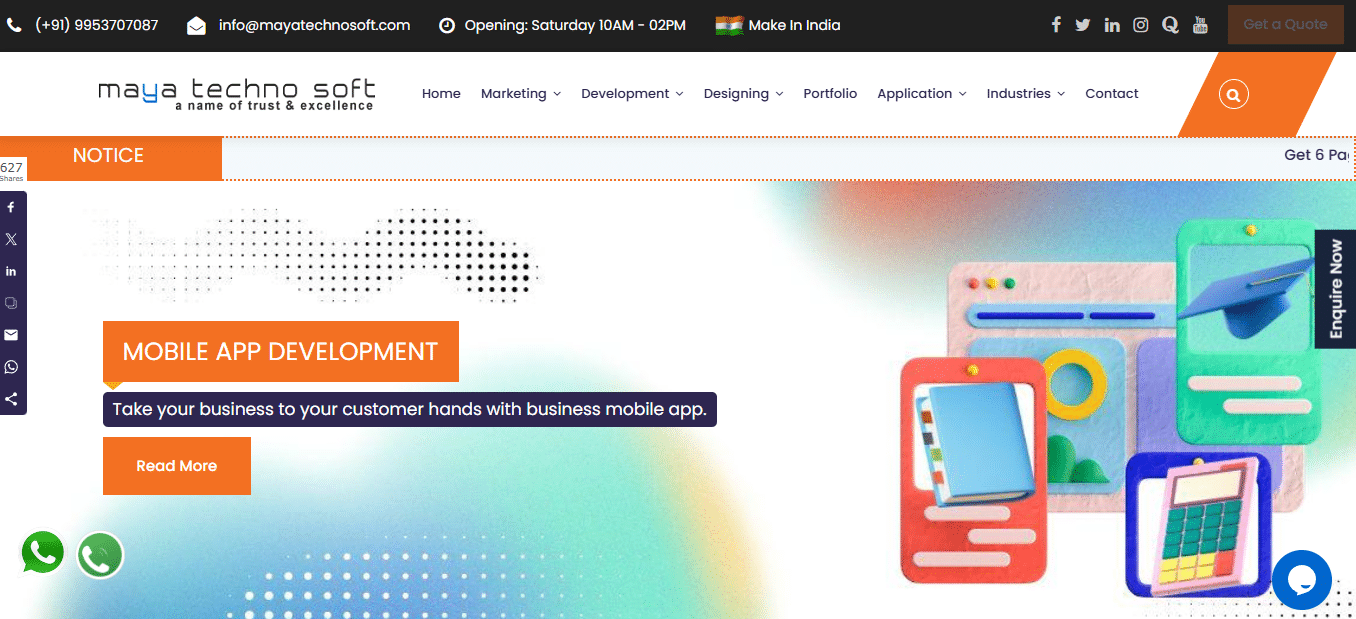
mayatechnosoft
Maya Techno Soft is a leading digital marketing company dedicated to helping businesses strengthen their online presence through innovative and effective marketing solutions. Their wide range of services includes Search Engine Optimization (SEO) and Search Engine Marketing (SEM) to improve visibility on search engines.
Maya Techno Soft is a versatile digital solutions company dedicated to helping businesses enhance their online capabilities and operational efficiencies. Their service offerings include website designing & development, mobile app development, e-commerce web development, hotel booking platform development, travel portal development, and LMS (Learning Management System) portal development.
They specialize in social media optimization and social media marketing to enhance brand engagement across various platforms.
The company also offers bulk e-mail marketing and bulk SMS marketing for direct customer communication. Additionally, Maya Technosoft provides Google Ads, Instagram Ads, Facebook Ads, Twitter Ads, LinkedIn Ads, and YouTube Ads marketing to reach audiences through targeted advertising. Other services include blog marketing, brand marketing, and content marketing, ensuring a complete and results-driven digital marketing strategy for every business.
Below are the contact details.
website: https://www.mayatechnosoft.com/
Mobile: 9953707087
Mail ID: www.mayatechnosoft.com
DSIM
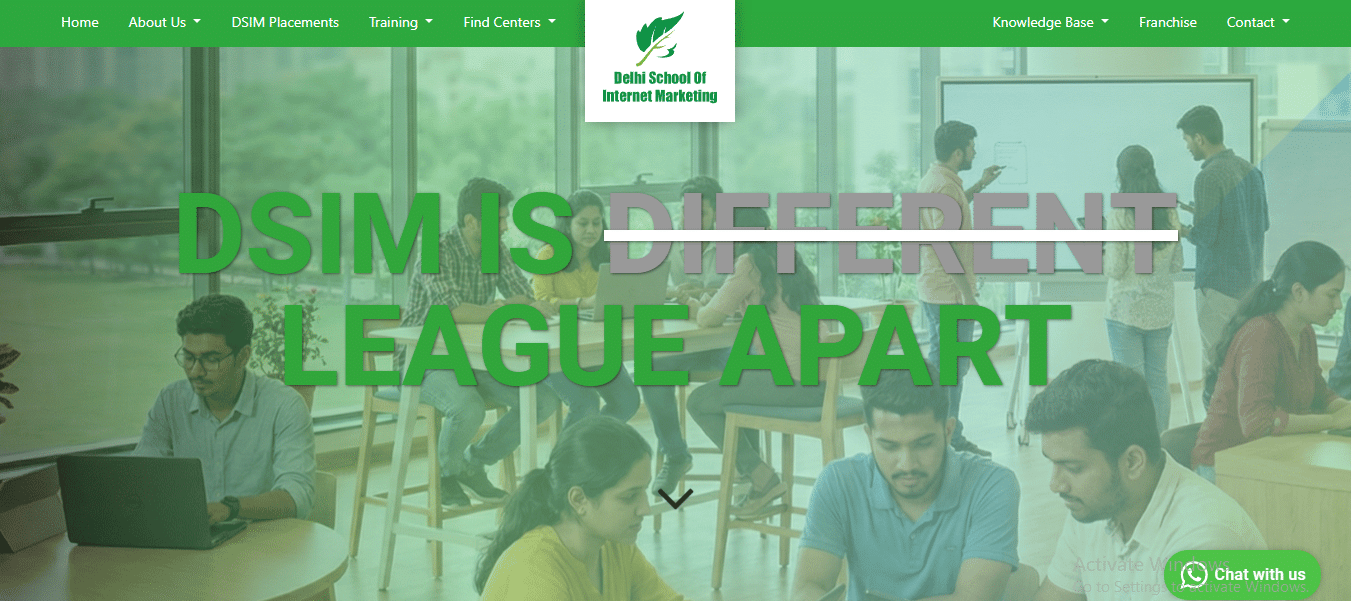
DSIM
DSIM (Delhi School of Internet Marketing) is a leading digital marketing training institute known for offering a comprehensive and industry-oriented curriculum designed to equip learners with practical marketing skills.
The institute provides in-depth training through its core subjects, including Search Engine Optimization (SEO), Search Engine Marketing (SEM/Google Ads), Social Media Marketing (SMM), Email Marketing, Inbound Marketing, and Web Analytics, ensuring students gain a strong foundation in all major digital marketing areas.
In addition to the core curriculum, DSIM offers a wide range of specialization modules such as Advanced Facebook Marketing, Integrated Digital Marketing Strategy, Affiliate Marketing, Media Planning & Buying, Freelancing in Digital Marketing, E-commerce Listing and Marketplace Selling, Programmatic Marketing, Adobe Analytics SiteCatalyst, Infographic Resume Creation, Content Marketing (in association with LinkedIn), and Digital Marketing using ChatGPT and AI Tools.
These advanced modules enable learners to refine their expertise, explore niche skills, and stay updated with the latest trends and technologies in the digital marketing industry.
Below are the contact details.
Website: https://www.dsim.in/
Mobile Number: 8882999818
Email ID: [email protected]
ITTCD Institute
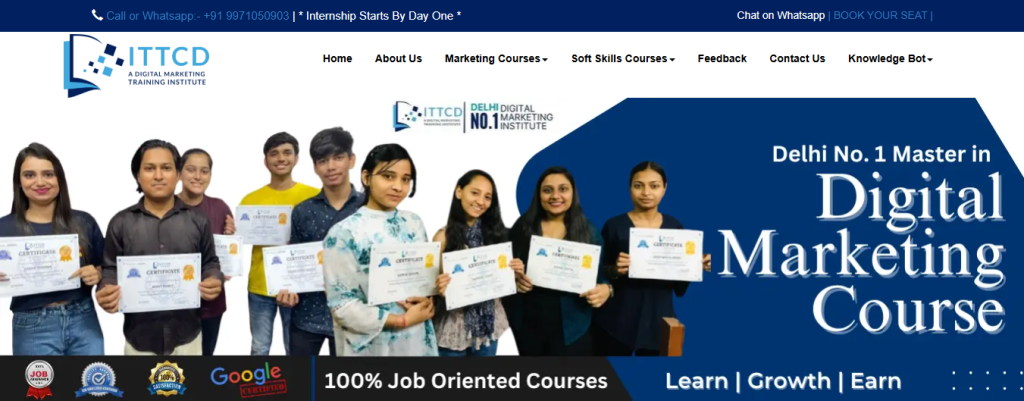
If you’re looking for a digital marketing institute in Delhi that’s focused on practical learning and real results, IT Training Course Delhi is a great option to consider. They offer a wide range of digital marketing courses designed for students, working professionals, and even business owners who want to understand how online marketing works.
What I liked about them is that they don’t just stick to theory—they focus a lot on hands-on training. You get to work on live projects, and the trainers seem experienced and supportive. Their course covers everything from SEO, social media, and Google Ads to content marketing and analytics.
Another benefit is that they offer both classroom and online training options, which is particularly helpful if you’re managing work or college responsibilities. Additionally, they provide certification after the course and offer assistance with placements, which is a significant advantage for fresh graduates.
Overall, if you’re serious about learning digital marketing in Delhi and want proper guidance, this institute is a reliable place to start.
Below are the contact details.
Website: www.ittrainingcoursedelhi.in
Mobile Number: +91 99710 50903
Email ID: [email protected]

by Shashikanth Heerekar | Jul 4, 2025 | Artificial intelligence
Are you curious about why some websites appear in Google’s AI Overviews? Let’s break down the types of sites that Google loves and why they get featured.
Introduction — How AI Is Changing Google Search
Google is transforming how we search through the use of AI Overviews, which display complete solutions directly on top of the search results. In this manner, people regularly get what they need without having to click any hyperlinks.
In reality, recent data show that over 50% of Google searches now consist of AI Overviews, and this number has doubled since August 2024. As a result, many websites are experiencing fewer clicks—even when they rank #1. A single glance revealed that click-through costs had dropped from 7.3% to 2.6% for a few top-ranking pages.
These adjustments indicate that to remain visible, it’s no longer sufficient to rank highly — your content must be useful, trusted, and potentially even recommended by Google’s AI to appear in the Overview itself.
Analyzing the Most Visible Domains in AI Overviews
Who’s Getting Cited the Most?
This chart shows which websites Google’s AI uses most when generating its summary answers. Notice the big bars at the top—those are the platforms that Google AI trusts most.
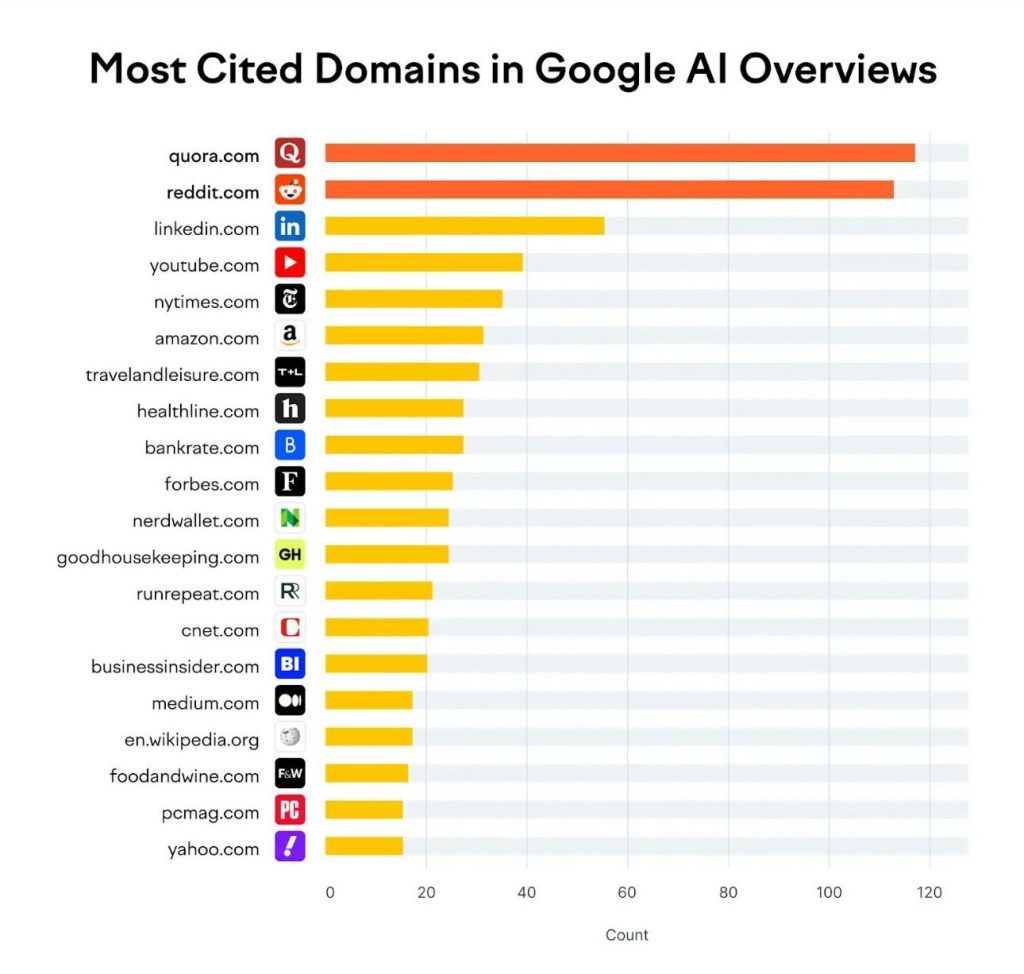
What the Data Tells Us
- Quora and Reddit: stand out, demonstrating that Google AI prioritizes genuine, in-depth answers from users who share personal experiences or offer solutions. Reddit is cited in about 21% of AI Overviews, and Quora follows closely behind.
- LinkedIn, YouTube, and Wikipedia: These sources appear in 13–18% of AI Overviews, suggesting that Google relies on platforms that offer professional knowledge, instructional videos, and factual content.
- Publishers like Forbes, The New York Times, and Healthline, although fewer in number, still appear in the cut, showing that Google uses some high-authority, expert-backed sites to support its summaries.
Trends by Content Type
When we examine the websites that appear most frequently in Google’s AI Overviews, we notice a clear pattern in the types of content they offer. First, websites like Reddit and Quora are filled with real people answering genuine questions. Google seems to love this because it shows what actual users think and do — not just facts but real experiences and opinions. That’s why these Q&A-style platforms are often cited as examples.
Next, we see YouTube ranking high on the list. This indicates that Google’s AI also prioritizes video content. Why? Because videos are great for explaining things step by step, showing how something works, or teaching a new skill. Whether it’s a cooking recipe or fixing a phone, YouTube videos give users visual learning that’s easy to understand.
Additionally, there are websites such as LinkedIn, Wikipedia, and Forbes. These platforms are recognized for their expertly written articles, research-based content, and trustworthy information. So, when a question requires a more serious or factual answer, Google AI selects content from these sources to ensure it provides the most accurate and helpful response.
In simple terms, Google AI selects a mix of content styles — real user advice, helpful videos, and expert knowledge — based on the question asked. Businesses that hire AI developers can better tailor their content to these formats, increasing their chances of appearing in AI Overviews.
Why Certain Domains Stand Out
When you search for something on Google, especially now with Google AI Overviews, you’ll notice some websites keep popping up more than others. This isn’t random. Google’s AI prefers certain trusted, high-quality websites — and there are three big reasons why.
Let’s break them down in a simple way.
Authenticity & User Experience
Quora and Reddit are winning the AI game because they feel real. These platforms are filled with real people sharing their own stories, tips, and honest experiences. Google’s AI picks up on this and shows it in overviews because it’s what users trust.
According to a study by Authoritas,
🔹 Quora appeared in 8.68% of AI Overviews
🔹 Reddit appeared in 7.31% of the time
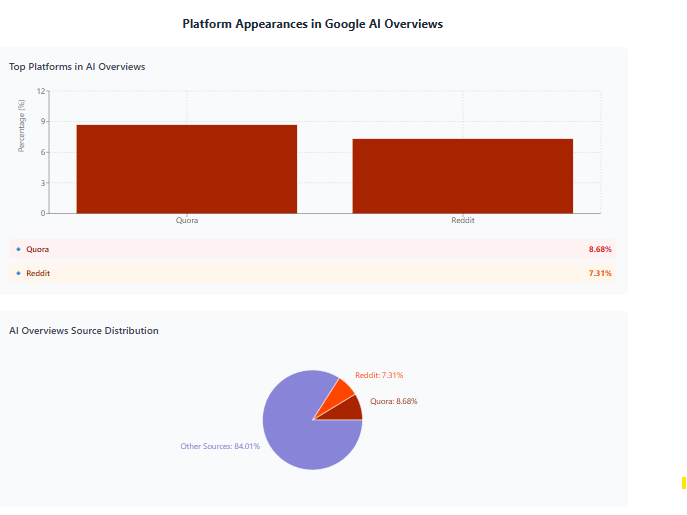
These numbers demonstrate that user-generated content is becoming increasingly important in SEO for AI-driven searches.
SEO Tip:
To stand out like Quora or Reddit, your content needs to be helpful, conversational, and genuine — not robotic or overly formal.
Trust and Expertise
When it comes to trusted websites on Google, platforms like LinkedIn and Wikipedia are at the forefront. Why? Because:
- LinkedIn features authentic author profiles, detailed job roles, and verified work history.
- A large number of editors update Wikipedia and back up every claim with references.
From the same report:
🔹 LinkedIn showed up in 8.74% of AI Overview results
🔹 Wikipedia appeared in 12.66% — the highest among all sites
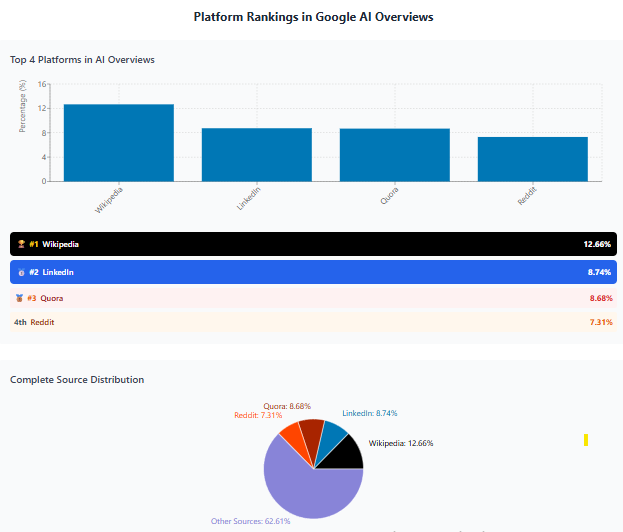
This indicates that Google AI prioritizes sources with clear authorship and factual depth.
SEO Tip:
Add author bios, mention credentials, and include links to trusted sources on your page.
Topic Relevance and Specialization
Not all websites show up in every type of search. Some are only used in specific niches, such as health, finance, business, or education.
For example:
- Healthline appears in medical or wellness topics
- Investopedia shows up for finance-related searches
- Edutopia may appear for education-based queries
🔹 Niche-specific domains like Healthline, Investopedia, and Mayo Clinic were cited in over 60% of health-related AI Overviews
🔹 Sites with a clear niche focus have a 4x higher chance of appearing in their category vs general websites This means specialized content matters more than ever.
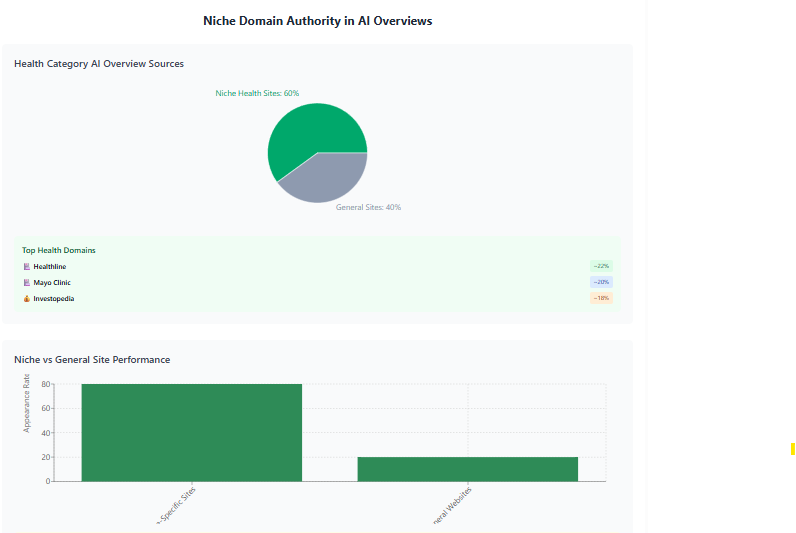
If you run a niche blog or business, focus on writing in-depth, specific content for that topic — don’t try to cover everything.
What This Means for Your Content Strategy
Google’s AI Overviews are changing the rules. Ranking high isn’t just about keywords anymore. If you want your content to be picked up by AI, it needs to be more helpful, smarter, and easier to read.
Let’s break down what that means.
It’s Not About Keywords Anymore
Forget about just stuffing keywords.
Today, your content must be:
- Useful → It should help the reader
- Shareable → People should want to save or repost it
- Relevant → Must match the searcher’s intent exactly
Think Like Google AI: What Would It Cite?
Google’s AI selects content that is both informative and understandable.
Here’s what works best:
- Add data and statistics
- Answer the search intent clearly
- Use visuals or charts
- Back up claims with source links
🔹 AI Overviews were 4x more likely to cite pages that had at least one data point or visual chart
🔹 Pages with sources and outbound links were 2.6x more cited than those without
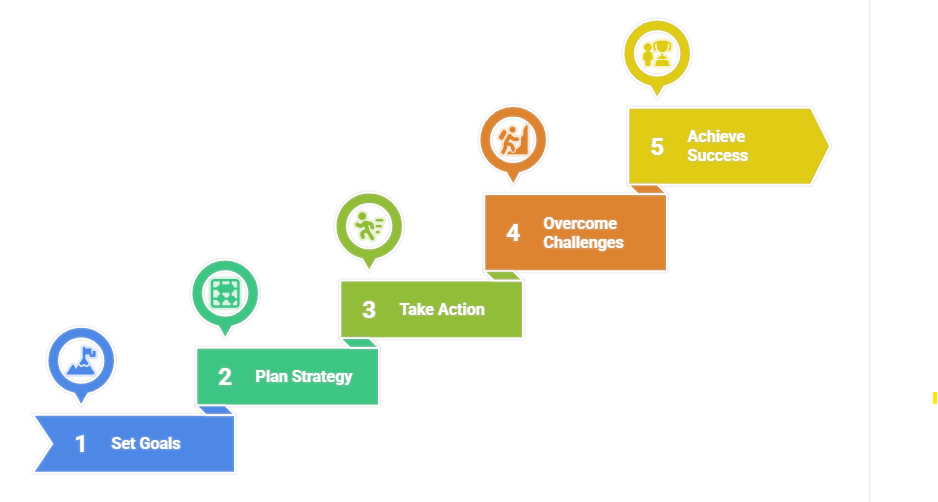
Formats That Work
Some content formats are favoured more by Google’s AI:
✅ Q&A Format → Like FAQs or “People Also Ask” style answers
✅ Expert commentary → Featuring real opinions or quotes
✅ Bullet-point summaries → Quick to scan and understand
✅ Videos and image explanations → Google AI pulls from YouTube and explainer sites
SEO Shifts – Visibility vs Clicks
Google AI Overviews are changing the way SEO works.
Before, if your page ranked on Google, people would click it.
But now? Even if AI uses your info, you may not get clicks unless your website is directly cited.
Let’s explore what that means — and how to adapt.
AI Overviews May Skip Your Page — Unless You’re Cited
AI Overviews often summarise your content, but they don’t link to your site unless you’re considered credible or have been cited.
Even if your blog has great info, if it’s not structured well or seen as authoritative, it won’t appear in that box.
🔹 Only 39% of AI Overviews include clickable links
🔹 Of those, over 75% link to high-authority or structured content (like Wikipedia, LinkedIn, Reddit, or Healthline)
🔹 Blogs and small sites make up less than 10% of cited links
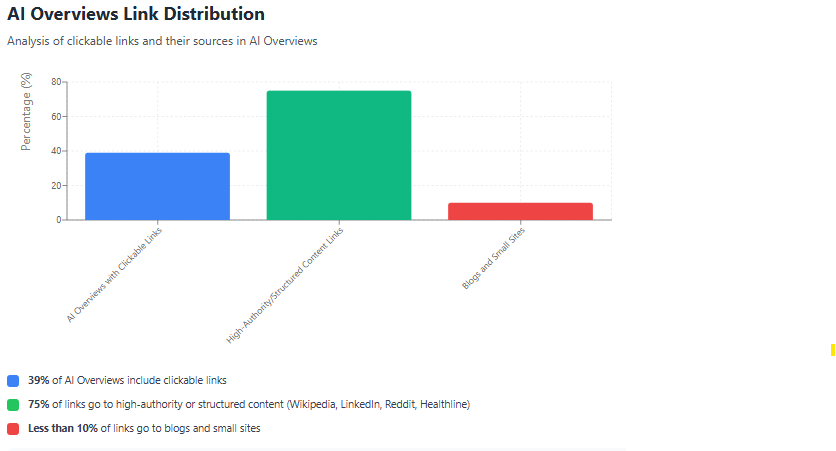
Authority and Structure Matter More Than Ever
Google AI cares less about flashy design and more about:
- Clear headings and subheadings (H2/H3)
- Structured layout (short paragraphs, bullet points)
- Author bio and real credentials
- Accurate, fact-checked content
- Outbound links to trusted sources
🔹 Pages with structured layout and clear headers are 2.8x more likely to be cited in AI Overviews
🔹 Articles with author names and bios have +40% better visibility in AI and SGE
🔹 Structured blogs (FAQs, summaries, H2s) get +22% more impressions on search
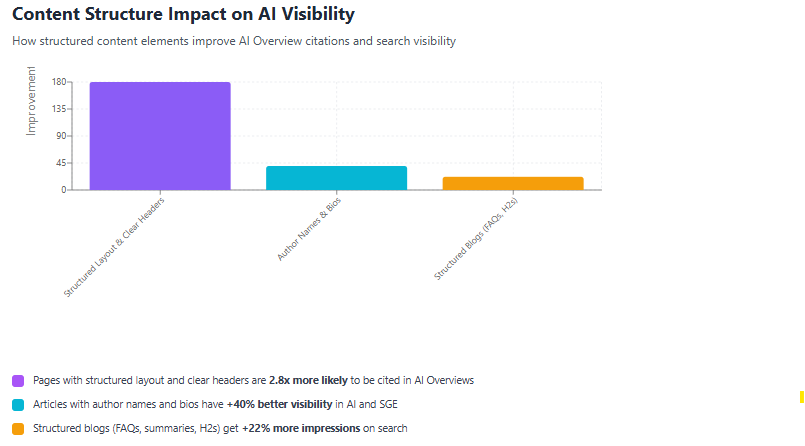
Google’s AI Overviews are changing the way SEO works — it’s no longer just about keywords and rankings. Now, it’s about creating valuable, trustworthy, and well-structured content that AI finds useful enough to mention and cite.
Whether you’re running a blog, business site, or niche platform, you need to focus on:
- Writing helpful content that truly answers user intent
- Backing your claims with stats, visuals, and sources
- Structuring your page with clear headings, summaries, and internal links
- Staying relevant to your topic and keeping content updated
In short, think like Google AI: Would it quote your page?
If yes — that’s the kind of content that will win visibility, clicks, and trust.
FAQ’s
1. What are Google AI Overviews, and why are they important?
Google AI Overviews are short summaries that appear at the top of search results. They give users quick answers by pulling content from trusted websites. If your page is cited in an overview, it boosts your visibility and builds trust — even if you’re ranking #1.
2: Why do websites like Wikipedia, Reddit, or LinkedIn appear more often?
These websites have structured, trusted, and informative content. Reddit and Quora offer real user experiences, while Wikipedia and LinkedIn provide expert facts and verified authorship. Google AI prefers such platforms because they feel genuine and useful.
3. How can I get my website to appear in an AI Overview?
Focus on writing clear, helpful content. Use proper headings, include stats and sources, link to other trusted pages, and add author bios. Also, keep your content updated and relevant to your niche to increase your chances of being cited.
4: Do I still need to use keywords for AI Overviews?
Yes, but keyword stuffing is no longer effective. Use your main keyword naturally and focus more on answering what users are searching for. Google AI seeks out helpful content that solves a problem, not just repetitive words.
5: What types of content formats does Google AI prefer?
Google AI prefers content that is easy to understand — such as FAQs, Q&A format, expert quotes, bullet-point summaries, and videos. These formats help the AI pick out quick answers and trustworthy information for the overview box.




































